Three more Zeiss lenses are making their way into The M Files. In the third instalment about the ZM optics, we look at three focal lengths that are particularly useful for rangefinder devotees. That Zeiss ZM lenses are interesting is no secret tip anymore…
As a small bonus, the real-world images from the Biogon 21/2.8, the Biogon 28/2.8, and the Tele-Teaser 85/4 offer a nice trip to Berlin.
Yes, there are interesting options for M mount aside from the Leica line-up. Beyond all reverence for this grand brand, beyond the admiration for all the people who make it possible to invent, produce and sell the beautiful Leica products, and beyond some fanboy-ism, you cannot ignore other brands. This was and is the idea of our project called The M Files. One major focus of it is on the Zeiss ZM lenses. So, let’s look at three other lenses of the range. How good are the 21/2.8, 28/2.8, and 85/4 in real-world use?
Zeiss, Voigtländer, Zeiss: Menage à trois
The Zeiss ZM lenses were launched in 2004 together with the Zeiss Ikon film rangefinder camera. While the camera has been discontinued many years ago (only to become a much sought-after collectors’ item), most of the ZM lens line-up is still available new. For some strange reason, sales are low despite the Zeiss lenses offering excellent value for money. They are somewhat in the shadow of the Voigtländer VM lenses which are also produced in the Cosina factory in Japan.
Maybe it’s because Voigtländer continues to develop new lenses and surprises its customers with often interesting and sometimes even daring novelties. What Zeiss and Voigtländer obviously share, however, is the strategy with lens hoods. You will have to buy them separately in most cases. And the two brands use exactly the same way the original lens hoods are attached: Most lenses have a front bayonet (annoyingly bright chrome, this is the only shortcoming), and the hoods attach both easily and firmly.
ZM lenses: more an echo from the past than a promise for future
Zeiss, in contrast to Voigtländer, has virtually stopped its engagement in the M mount market. The Distagon 35/1.4 is most likely the last M mount lens from Zeiss that will ever be produced. A reliable source even told me that Zeiss are assessing their entire photography related business. Needless to say, this would be a pity also far beyond the ZM lens line.
Fairly conventional designs and excellent coating
If you want to know more about the ZM programme, you will find a lot of information in Part 5 and Part 11 of The M Files and in the many knowledgeable comments from our great Macfilos readers. Here, it may suffice to say that most ZM lenses are fairly conventional designs that get by with spherical lenses.
Their design goal is not necessarily the reduction of elements but more a good cost-benefit ratio. The increased number of elements and the resulting risk of contrast loss and flare is well compensated for with Zeiss’ excellent T* coating.
Tests with the Leica M10, certainty for film use
All that said, it is not surprising that all three lenses in this review are not particularly small considering the technical specification. We will see how well these circa 15-year-old designs from the film age work on a modern digital rangefinder camera. I used the M10 for these tests. The older digital rangefinders are generally more complicated when it comes to colour drift (more on this in the chapters about the individual lenses). I did not make a thorough test on film, but the results with the M10 leave no doubt that all three lenses are very good performers in use. Info on availability, prices and scope of delivery are given for each lens in its respective chapter.
The Biogon 21/2.8: stunning sharpness and great versatility
The first candidate in this review represents a really classic focal length for rangefinder cameras. 21 mm lenses were a standard for super-wide photography for decades, and super-wide photography was the realm of rangefinder cameras. One reason for this is the fact that it was very difficult to design excellent 21 mm lenses for SLR cameras (the mirror necessitates a big flange focal distance which is hard to combine with a short focal length).
The 90-degree angular field (measured diagonally) has even become somewhat iconic. I know photographers who can shoot a twenty-one without a special viewfinder, just because they know what they will have in their frame. Over the decades, Leitz and other companies released several 21 mm lenses, most of them however not as fast as the Biogon with its f/2.8 initial opening.
Biogon 21/2.8: Technical data
The Biogon 21/2.8 is not super-small compared with earlier (and slower) designs. It has pretty much the same look and feel as most Zeiss ZM lenses and uses standard E46 filters (good news, they are very common in Leica lenses, too). The lens has a long-ish shape with a length of 62 mm (without covers, it’s 75 mm with back and front caps) and a diameter of 53 mm. And it weighs in at 294 grams (all weights are given as-in-my-bag, that is with both caps).
The lens comes in plain thin cardboard packaging, without a case and, more important, without a lens hood. The Biogon 21/2.8 needs the model 000000-1365-665 (square type, also fits the Biogon 25/2.8, and the C Biogon 21/4.5). It costs about €80 and is not very effective, but still gives some mechanical protection for the front lens.
Biogon 21/2.8: Optics and rendering
Lens design
The Biogon 21/2.8 is a pretty conventional design that gets by without frills. No aspherical lenses, no floating elements are to be found. If you hear some propaganda, you might be tempted to believe that this must not be good or even decent. Wrong! The Biogon is optically an excellent lens. It has very little distortion and very good corner sharpness from f/4 onwards. It can even be used wide open in critical situations such as architecture or landscapes. Vignetting is visible but easy to correct in Lightroom or other software.
Colour drift
Colour drift was no real issue with the M10 but I saw quite some when used on older digital M models such as my trustworthy M262. In this instance, I recommend using the correction profile of the Leica 21/2.8 pre-ASPH. (11134). Zeiss themselves also mention the profile of the 28/2.8 pre-ASPH. (11809) for their 21/2.8 on an M9, but I saw no improvement on my M262. And please keep in mind that colour drift is a tricky thing. In my experience (which is considerable after two years of work on The M Files) it depends very much on the lighting situation and subject if the effect is strong and visible or quite negligible.
Chromatic aberration
The APO designation used to be related to telephoto lenses as we all know. Only recently, wide-angle APO lenses were introduced. And that for some reason – chromatic aberration may be less problematic in shorter focal lengths, but it can be quite prominent. The Biogon 21/2.8 however behaves favourably in this respect. Even in critical situations, you will hardly detect any purple fringes where a well-saturated grey or black should be.
Sharpness
Sharpness is wonderful and so is micro-contrast. The lens is very flare resistant and it better be as the additional lens hood is no big help in shading the front lens. The colours are vibrant (but this hardly matters in digital photography when almost any desired look seems to be just a slider away). You might call the Biogon’s rendering “thoroughly modern” and complain about the lack of “soul” (a concept I just stumbled over recently – hey, we are talking about lenses, aren’t we?). You could also say: This is technically very advanced.
Bokeh and flare
Oh, I almost forgot the bokeh. Well, you would not buy a 21/2.8 to get spectacular bokeh because the short focal length and the not really wide open diaphragm with f/2.8 at its fastest will give you a lot of depth of field. That is correct, and the Biogon is not your first choice if you want to play with selective sharpness. But within its optical-physical limitations, the 21/2.8 offers more creative potential in terms of focusing than you might expect. The out-of-focus areas are beautiful in my view, but this is very much a matter of taste. The same applies to flare. By far, I prefer a lens not to flare, and the 21/2.8 is quite immune even without the lens hood. Just take care when the sun is just out of your frame, this is the trickiest situation I was able to produce. Well done, Zeiss, the T* coating is famous with some justification.
My verdict, optics
I think this 21/2.8 Biogon leaves not much to be desired in terms of optics and rendering.
Zeiss ZM Biogon 21/2.8: Mechanics and handling
Overall appearance
If you ever used (almost) any of the ZM lenses you will feel at home immediately working with the Biogon. Its barrel is very similar to the 25/2.8 for instance. It’s more long than wide (quite different to Leica’s former 21/2.8) and has the same all-metal-and-glass character as other ZM lenses. In fact, it consists of only metal and glass except for the small blue dot that marks where you have to attach it to your camera body. The weight is just right, I would say, and it balances well on an M body.
Build quality
The mechanical quality appears to be very good. You might have heard of the notorious Zeiss wobble. This is a problem that seems to occur mainly on older ZM lenses. The focus ring loses its tight connection to the internal mechanism which leads first to a loose feeling and later to severe focusing problems. I experienced it myself once on a borrowed lens and I can confirm that it exists. On my own ZM lenses, I never experienced that wobble.
Focusing
More annoying for many users will be the lack of a focusing tab. Zeiss tried to make their lenses decidedly different and sacrificed that nice little element that lets you focus so easily just with muscle memory. Instead, they introduced a kind of nub or however you would want to call it. I have to confess that I quite like it because it is a smart compromise between a classical focusing tab and a conventional focusing ring. With the nub at six o’clock, the ZM lenses are focused to about 1.2 metres.
Viewfinder
With a 21, you will need an external viewfinder on your Leica M. The only rangefinder camera that supports 21 mm with its built-in viewfinder is the Voigtländer Bessa R4A/M, but this one is rare as hens’ teeth. In Part 2 of The M Files, I wrote quite extensively about this camera.
But to return to the Biogon and the need for a viewfinder: You can either use the very bright and large optical viewfinder from Zeiss or mount a Leica or an affordable Voigtländer viewfinder to your hot shoe. With a newer digital camera, you might prefer an electronic viewfinder. If you want to know more about it, please refer to my Macfilos article on rangefinders vs. electronic viewfinders and especially to the discussion in the comments section. With my older Leica 21 mm external viewfinder (the plastic version), a tad of blockage is noticeable (actually, it’s quite smart because you can see the setting of your aperture ring in the viewfinder), and even with the hood on, it is still acceptable.
Close up distance
If you want to use the attractive and somewhat unique 50 cm minimal focusing distance of the 21/2.8, you need either an electronic viewfinder or a very precise eye. Especially wide open, even a 21/2.8 has no unlimited depth of field. Without an electronic aid, it is not easy to get close focus spot on, while ensuring nice unsharp background.
My verdict, handling
All in all, the handling and ergonomics of the Zeiss Biogon 21/2.8 ZM are very good. The focus throw is just right for both fast and precise views. The aperture ring has nice one-third stops (I prefer Leica’s and Voigtländer’s half stops, but you get used to it). This lens is a joy to use.
Biogon 21/2.8: Availability and prices
The Carl Zeiss Biogon 21/2.8 ZM T*, to call it once by its official name, was introduced in 2004 and is still available. It costs around €1,000 or a bit less with some luck. Used copies tend to be considerably cheaper but make sure you can check them for mechanical imperfections. Many ZM lenses are offered from Japan where, apparently, there exists a large collectors’ scene. If you order from there check your local customs regulations to avoid an expensive surprise. And don’t forget to get a third-party 46 mm front lens cap. The ones supplied by Zeiss are incredibly bad. First, you almost fail in attaching them and then they are loose and will fall off.

Biogon 21/2.8: Alternatives
Many 21 mm lenses have been made for M-mount. Many are real classics, such as the historic Super-Angulons, others were less prominent. Leica made the Elmarit 21/2.8 in two series, the latter featuring an aspherical element. If you can live with a slower lens, the Voigtländer 21/3.5 might be interesting. Other than the very small and very affordable 21/4 (a stunner on film/monochrome) it gets very good reviews even when used on digital bodies. The Zeiss C Biogon 21/4.5 is yet slower and will be the topic for another M Files episode later in 2022. A small spoiler: It is incredibly sharp but has severe colour drift issues. Finally, Leica has the excellent 21/3.4 Super-Elmar in their line-up. Fast alternatives are the very, very expensive Summilux 21 as well as the 21/1.4 Nokton and the 21/1.8 Ultron from Voigtländer.
The Zeiss ZM lens Biogon 21/2.8: Bottom line
The Zeiss ZM 21/2.8 is an excellent lens. It shows almost the same virtues as the unearthly 25/2.8 (see Part 5 of The M Files) while offering an even more attractive angle of view. It is optically excellent and comes close to the stellar Leica 21/3.4 which is a half stop slower. The biggest con is some finder obstruction if you use this lens with an external optical viewfinder. And, on older digital M cameras, you are prone to have colour drift in your images which is not so easy to correct. This aside, the Biogon is an excellent choice, and it fills the gap between Leica’s slow Super-Elmar 21 and their super-fast Summilux 21 at a very attractive price point.
The Zeiss ZM lens Biogon 28/2.8: solid quality but some handling issues
Second in line is the Biogon 28/2.8. This is an important focal length insofar as the rangefinders of almost all newer Leicas (beginning with the M4-P from 1980) support the 28 mm optic as the shortest focal length. So the 75 degrees (diagonal) is the widest you can shoot with most rangefinder cameras (exceptions are Leicas with .85 viewfinder, and some Voigtländer Bessas, see Part 2. While many photographers say that the 28 sits somewhat uneasily between the new-normal-35 and the really-wide-24/21, the angle of view has gained a lot of popularity thanks to the omnipresence of smartphones which usually employ it. And the Leica Q with its built-in 28 has been a constant and surprising success for Leica over the past six years. So a 28 is a very sensible choice for a rangefinder camera, and there are some quite different optics to be found from several manufacturers.
Zeiss Biogon 28/2.8: Technical data
The Zeiss ZM 28/2.8 is a Biogon design like most wide-angles in the ZM line-up. Just like most of its siblings, it uses standard 46 mm filters. It is quite small with a length of only 51 mm, diameter is 53 mm. Both are of some importance because the wider the angle the more prominent is the problem of shading a part of your image in the viewfinder.
In this respect, the Biogon behaves fairly well, but it blocks more of your viewfinder than the current Leica Elmarit 28. This is especially true if you use the lens hood. It is mounted by means of a beautiful bayonet mechanism, has the number 000000-1365-666, costs about €80 extra and also fits the Biogon 25/2.8. Despite also supporting the wider lens, it is surprisingly effective on the 28. The lens is very portable, with a weight of 245 grams, and just a bit larger and slightly heavier than Leica’s Elmarit.
Zeiss ZM Biogon 28/2.8: Optics and rendering
Lens design
The 28/2.8 is another Biogon type. This means a roughly symmetrical design and a fairly conventional approach. If you want to dive deeper into the history of Zeiss lenses and their designations, I recommend this article. The 28/2.8 comes without aspherical and floating elements but the Zeiss brochure claims that the second element is made from special glass with anomalous partial dispersion. The Biogon principle has always stood for good corner sharpness and the 28 holds its own in this respect. Vignetting is prominent wide open and is less noticeable when the lens is stopped down.
Colour drift
Surprisingly, I saw very little colour drift when using this lens on the M10 and it was not too bad even on the M262. I say surprisingly because the slower 35/2.8 has a real problem in this respect, so I thought a wider lens might be even more affected. It is not, and you will not need a correction profile when you attach the lens to your M10. For earlier digital M cameras, you might wish to use the profile for the Leica 28/2.8 ASPH (11606). It reduces colour drift but you will probably find vignetting to be over-corrected. Alternatively, you can fix it in Lightroom. The LR version I use offers profiles for almost all ZM lenses if you have a DNG file. Moreover, see the colour drift section in the chapter about the 21/2.8, and be aware that the phenomenon will not always occur.
Chromatic aberration
Even in very critical backlit situations, CA is hardly ever obvious. I did not notice it on the notorious tree branches against the sky but occasionally when shooting the sparkles of the reflected sun on the surface of water. All in all, the Biogon is impressive in this respect. Remember that even some Leica wide-angle lenses do have CA issues. Zeiss obviously made a big effort to correct chromatic aberration.
Sharpness
I do not want to repeat myself, but the 28/2.8 is another typical Zeiss lens. It is sharp right into the corners from wide open, it improves a little until f/8, and it has lots of micro-contrast. That means that your image is both sharp and crispy, so it will look technically quite perfect. And that’s what I like. I think it’s the job of a photographer to have a soul and not the job of a lens.
Bokeh and flare
A 28/2.8 will not have a shallow depth of field and spectacular bokeh as its main strengths, but a lens with these technical data does allow for some creative play with focus and f-stop openings. The Biogon 28 is quite good in these fields. However, I find the bokeh a bit harsh and turbulent. But again, it’s a matter of taste. Flare is very well-controlled, and the lens hood is a significant help when the sun is just outside the frame.
My verdict, optics
There is nothing to criticise about the Biogon 28/2.8 in terms of optics. This is a high-performance lens, albeit one lacking the drawing of the ZM 35/1.4 I wrote about in Part 11 of The M Files. The bokeh (and its importance!) is a matter of taste for sure.
Zeiss ZM Biogon 28/2.8: Mechanics and handling
Overall appearance
Almost all I wrote about the 21/2.8 is also true for the 28/2.8. The lens is reassuringly solid in the hand, not too heavy and with nice proportions. The barrel is shorter than on the wider lenses (despite it having a longer focal length) and makes for a compact, but not tiny, rangefinder lens. Like all ZM lenses, the aperture ring has one-third stops. It clicks beautifully, but half stops would do for me.
Build quality
The lens is well-built like the other ZM lenses (and most Voigtländers by the way – well, they all come from the same Cosina factory). Focusing and aperture rings are smooth, and I have been spared the wobble so far. Maybe, the Biogon will not fully match some Leica lenses, but it is more than reasonable in terms of build quality. No plastic, no play, nothing wiggles.
Focusing
Instead of the Leica focusing tab, the 28/2.8 ZM has a nub on the focus ring just like most other ZM lenses. If this nub is in the six o’clock position, the Biogon 28 is also set to 1.2 metres. The focus throw is not generous but is sufficient for precise work. Speed is not an issue with the perfect degree of ease and resistance when you turn the focus ring (via the nub or not).
Viewfinder
This is probably the biggest drawback of the Biogon. With a 28 mm lens, you would use the built-in rangefinder in your camera if it is an M4-P or newer and not an exotic model with a .85 viewfinder factor. This means, however, that the margins are pretty much the extent of the viewfinder itself. The image needs almost all the space that exists, and any kind of finder blockage is unfortunate. In this respect, 28 and the large 35 mm lenses are probably the most challenging ones to design for a rangefinder camera.
Here, Zeiss has to make some compromises. On a Leica M with a standard 0.72 viewfinder, the lens blocks quite a part of the lower right quadrant of your field of view, and with the otherwise so useful lens hood, it is even worse. On the film Zeiss ZM camera body, with its magnificent and huge viewfinder, it is much better by the way. Zeiss also makes an external viewfinder for 25 and 28 mm lenses combined. I never tried it because I expect a 28 mm lens to work with the camera’s rangefinder.
Close up distance
The Biogon 28 focuses down to 50 cm. This is great because wide-angle, wide-open close-up photography can create unique images. Of course, the rangefinder of the camera only supports 70 cm. So if you are using a digital body, you either have to guess or use an electronic viewfinder. See above for my thoughts about the options.
My verdict, handling
While very good optically, the Biogon 28/2.8 has some drawbacks in handling. I believe it obstructs too much of your view through the Leica’s viewfinder which makes good framing rather difficult. If you happen to shoot with the Zeiss Ikon film rangefinder camera from the early 2000s, this lens is close to perfect.
Biogon 28/2.8: Availability and prices
The Carl Zeiss Biogon 28/2.8 ZM T* has been available since 2005 and can still be purchased new. Prices start from a little over €800 depending on your luck and colour preference (for a long time, silver was a bit cheaper, but this seems to have changed). Used prices are significantly lower, but make sure you can thoroughly check the lens before you buy. What seems to be a bargain should make you suspicious because ZM lenses are definitely no longer a quiet secret.
Biogon 28/2.8: Alternatives
As I wrote, a 28 is a great item in every rangefinder kit. Apart from Leica’s current selection (Elmarit, Summicron, Summilux, all with aspherical elements and all simply great), Voigtländer has the 28/2 Ultron. If you look on the second-hand market, you might find the very beautiful Minolta M-Rokkor 28/2.8 which was released with the CLE (see The M Files Part 8 and watch out for an intact front lens) or Konica’s M-Hexanon 28/2.8. And there are many older Leica 28s. A special recommendation is due to the first edition of the fast Summicron 28. As long as you stick to M bodies and do not use it on Sony or L-mount bodies, it shows excellent optical performance. You can sometimes find it second-hand at reasonable prices and this could have to do something with the ugly and bulky plastic lens hood.
The Zeiss ZM lens Biogon 28/2.8: Bottom line
The Zeiss ZM 28/2.8 is a great option in this focal length. Optically, it matches the very good Leica Elmarit ASPH (first version) which is normally my go-everywhere 28. I would even say that the Zeiss is a tad better off-axis. Contrast is similar, colour rendering is more a matter of taste (I quite like the saturated Zeiss rendering). The Zeiss lens obstructs the finder to a greater degree, especially with the original hood, so the Leica lens might be easier to use. If you can live with this and if you can do without 6-bit-coding and in-camera-correction (it’s mainly the vignetting, but this can also be fixed manually without much effort), the Biogon 28/2.8 is a real alternative to the Leica lens at less than half the price.
The Zeiss ZM lens Tele-Tessar 85/4: nice results and missed chances
The third lens in this review represents the longest focal length that Zeiss ever produced for the M-mount. They even made two 85 mm variants. One is the 2/85 Sonnar of which only a couple of hundred copies were ever built. The other is the 4/85, a lens which you would expect to convince in every other field when such a compromise was made in terms of speed.
Zeiss ZM Tele-Tessar 85/4: Technical data
Well, the lens is fairly compact to start with. Weight (as in-my-bag) is 337 grams. The lens is 75 mm long (without back and front cover, 95 with) and has a diameter of 54 mm. So it is minimally smaller and just 20 grams lighter than Leica‘s 90/2.5(!) Summarit. If you want a hood, you will have to buy it separately. It costs about €75 and has the part number 000000-1690-438. And as I mentioned, do think of a new 43 mm lens front cover. The Zeiss cover is… I am repeating myself. Keep in mind that you will need 43 mm filters that you probably have no use for otherwise.
Tele-Tessar 85/4: Optics and rendering
Lens design
The Tele-Tessar is a straightforward design with just five elements in three groups. Its more or less symmetrical layout follows one of the oldest patterns in lens design and thus reflects many decades of continuous improvement. The Tele-Tessar has no APO designation and gets by without aspherical elements, low diffraction glass and the like. The modest speed of the lens certainly contributes helps ensure that corner sharpness is very good from wide (well, f/4) open, and vignetting is not an issue.
Colour drift
I did not notice any colour drift when using this lens. This is what you can expect in a lens that is telecentric by definition, and the Tessar’s back lens sits deep inside the barrel. There are no light rays reaching the sensor at steep angles, and the pixel wells are directly and evenly illuminated.
Chromatic aberration
To my surprise, I did detect a bit of CA, especially in backlit and other high-contrast situations. I thought the modest initial aperture of the Tele-Tessar might settle this issue (maybe it was some tacit assumption drawn from images that were shot with the Leica 90/4 Macro-Elmar). But all in all, the Tele-Tessar’s CA is nothing to write home about. Sharpness is not severely affected, and Lightroom or any other software will take care of it
Sharpness
The Tele-Tessar produces a very crisp and detailed image. Its resolution seems to exceed the limits of a 24 mm sensor by far and, in 1:1 view, the images are just stunning if you managed to get the focusing spot on. Curvature of field appears to be more or less non-existent, and very high micro and macro contrast add to the impression of excellent sharpness. The Tele-Tessar performs just great in this field.
Bokeh and flare
The Bokeh advocates make us believe that you will need a super-fast lens for attractive background blur. This might in part be triggered by the industry that wants to sell ever-new and ever-more-expensive lenses. At 85 mm focal lengths, you have a shallow depth of field even at f/4. So, no worries that your background will be sharper than you want.
I have ceased calling bokeh “good” or “bad” because it is a matter of taste. Blurred highlights in the background will produce round to cat-eye-shaped elements when you use the Tele-Tessar wide open, albeit with a noticeable bright “onion” ring on the outside. This might be a result of a lens design that favours high contrast – the images are rather crisp than creamy in the background, quite similar to the Zeiss ZM 50/2 Planar by the way. The Tele-Tessar flares more than I thought when the sun is coming in steeply, mostly when it is just outside your frame. The lens hood helps a lot.
My verdict, optics
In terms of optical quality, the Tele-Tessar is outstanding in some respects (mainly resolution) and quite good in some others. Given its modest speed, the shortcomings seem a bit too prominent for me.
Zeiss ZM Tele-Tessar 85/4: Mechanics and handling
Overall appearance
The Tele-Tessar is a small and beautiful lens. It shares the nice looks and haptics of its ZM siblings, and it is very easy to use. The aperture ring is quite big and easy to handle, and a narrow, elevated and corrugated ring in the typical ZM style gives additional support. The focus ring is also generously sized. It has, just like the longer Leica M lenses, no nub so it’s less intuitive to use just with muscle memory.
If you fancy an 85 mm lens for your rangefinder camera, do keep in mind that the film-loading Zeiss Ikon is the only body that offers the 100% correct 85 mm frame lines in its viewfinder.
Build quality
The Tele-Tessar has all the virtues of the Zeiss ZM lenses. It is well-built, with only metal and glass used. There is no reason to believe that this lens will let you down if it were not for the well-known Zeiss wobble phenomenon. Again, it hardly ever occurred to me.
Focusing
As mentioned, there is neither a tab nor a nub but just a plain ring. In this respect, the Tele-Tessar is comparable to the last Leica Elmarit. The focus throw is well under 90 degrees. This makes focusing fast, and precision is just sufficient with f/4 to offer a small safety margin.
Viewfinder
The Tele-Tessar is long-ish but it will not block the critical part of your finder. The lens does not obstruct the 90 frame lines in the finder of your Leica M, which is fine. Just imagine you have a bit more in your photo, and the five mm difference in focal lengths is compensated for. On Zeiss’ own rangefinder camera, the Ikon, you have proper 85 mm frame lines. By the way, the Ikon has a superb viewfinder.
Close distance
The Tele-Tessar focuses down to 90 cm. This is a good standard for a rangefinder lens, but it does not make full use of the 70 cm minimum of your rangefinder. If you want to go closer, you will need Leica’s Macro-Elmar. At minimal focusing distance, the 85 covers roughly an A4 format. So, you can easily use the lens for headshots but not for small subjects such as garden birds or so forth.
My verdict, handling
All in all, the Tele-Tessar is a fine lens to work with. It is light in weight but solid, well balanced and intuitive in use. I very much like the wide rings for aperture and focus. Just like the 35/1.4 ZM, it is great to handle with gloves on.
Zeiss ZM Tele-Tessar 85/4: Availability and prices
The Carl Zeiss Tele-Tessar 4/85 ZM T* as it is called on its front ring, was introduced in 2008 and discontinued around 2020. The last new copies were sold for about €900 after the one or the other shelf-warmer had been on offer at prices around €650 before. Good used copies seem to be not much cheaper anymore. So, if you are in the race for this lens better take note if you discover a new one by chance.
Zeiss ZM Tele-Tessar 85/4: Alternatives
A 90 or a 75 might fit your needs even better than the Zeiss 85 – it’s easier to use with the exact frame lines in your rangefinder. As to the 90s, so many were made that I can give you only some examples. On the slow side, the 90/4 both from Leica and Minolta deserve to be mentioned, these are very small and lightweight lenses with good optical performance. Other 90s were or are still being made by Konica, Leica and Voigtländer. Among the 75 mm lenses, I am happy to give a special recommendation to the Leica Summarit which, unfortunately, is now discontinued.
The Zeiss ZM lens Tele-Tessar 85/4: Bottom line
The Zeiss ZM 85/4 is a beautiful lens with its slow speed and long-ish close-up distance being the most prominent shortcomings. If one or the other is an issue to you, take a Leica Elmarit or Summarit for more speed or consider the Leica Macro-Elmar for better short-distance abilities. Additionally, the 90 mm lenses will give you more accuracy in framing when used on a Leica camera (only the film-loading, long-continued Zeiss Ikon had 85 mm frame lines). Optically, you cannot go wrong with any of these Leica alternatives. So the Zeiss 85/4 offers no unique advantages, especially if you take into account that it is quite hard to find whereas second-hand Leica 90s are legion, and used prices are often quite reasonable.
Including this Part 12 of The M Files, we have now covered eight ZM lenses:
- Together with the Zeiss Ikon rangefinder film camera came some thoughts and assessments on the Biogon 25/2.8, the C-Biogon 35/2.8, and the Planar 50/2 in Part 5.
- Then followed the two very interesting Distagons, 18/4 and 35/1.4 in Part 11 of The M Files.
I hope to finish my work with a close look at the C-Biogon 21/4.5, the C-Sonnar 50/1.5 in connection with a re-review of the third C-ZM lens, the 35/2.8. On the more distant back-burner are the Biogon 35/2, the exotic Distagon 15/2.8 and the super-rare Sonnar 85/2. The latter two lenses can be covered only if someone is willing to lend me a copy for careful but prolonged real-world use though. Macfilos editor Mike Evans (mike@macfilos.com) is happy to put us in touch.
Disclaimer
My work for Macfilos is 100% independent of commercial interests. I receive no benefits from the companies or stores mentioned. Nevertheless, I am grateful to Lichtblick and Leica Store Konstanz for their support in providing practical aid and useful information. Both are highly to be recommended; they are happy to take phone or mail orders (staff are English speaking) and offer to ship outside the EU. However, if there still is one, please do not forget to support your local photo equipment dealer in these challenging times.
The M Files: Get in-depth knowledge of M-Mount lenses, cameras and suitable accessories
The M Files is an ongoing project on Macfilos that focuses on photographic equipment with or for Leica M-Mount, made by companies other than Leica or which are otherwise not part of Leica’s M system. It follows a more or less encyclopaedic approach without being scientific. The focus is always on the real-life use and useability of cameras, lenses and other items. Products covered by The M Files include cameras, lenses, viewfinders, light meters and more. Some of the brands in the growing list are Contax, Konica, Minolta, Rollei, Voigtländer and Zeiss.
Die M-Files: M-Mount-Objektive, -Kameras und passendes Zubehör jenseits von Leica M
Die M-Files sind ein Langzeit-Projekt, das sich auf Foto-Ausrüstungsteile mit oder für Leica M-Bajonett konzentriert, die von anderen Firmen als Leica hergestellt wurden oder die nicht zum M-System von Leica gehören. Es verfolgt einen mehr oder weniger enzyklopädischen Ansatz, ohne wissenschaftlich zu sein. Der Schwerpunkt liegt immer auf der praktischen Nutzung von Kameras, Objektiven und anderen Produkten. Zu den in den M-Files besprochenen Produkten gehören Kameras, Objektive, Sucher, Belichtungsmesser und mehr. Einige der Marken auf der wachsenden Liste sind Contax, Konica, Minolta, Rollei, Voigtländer und Zeiss. In deutscher Sprache erscheinen die Inhalte auf www.messsucherwelt.com.
Read more from the author
Join the Macfilos subscriber mailing list
Our thrice-a-week email service has been polished up and improved. Why not subscribe, using the button below to add yourself to the mailing list? You will never miss a Macfilos post again. Emails are sent on Mondays, Wednesdays, and Fridays at 8 pm GMT. Macfilos is a non-commercial site and your address will be used only for communications from the editorial team. We will never sell or allow third parties to use the list. Furthermore, you can unsubscribe at any time simply by clicking a button on any email.

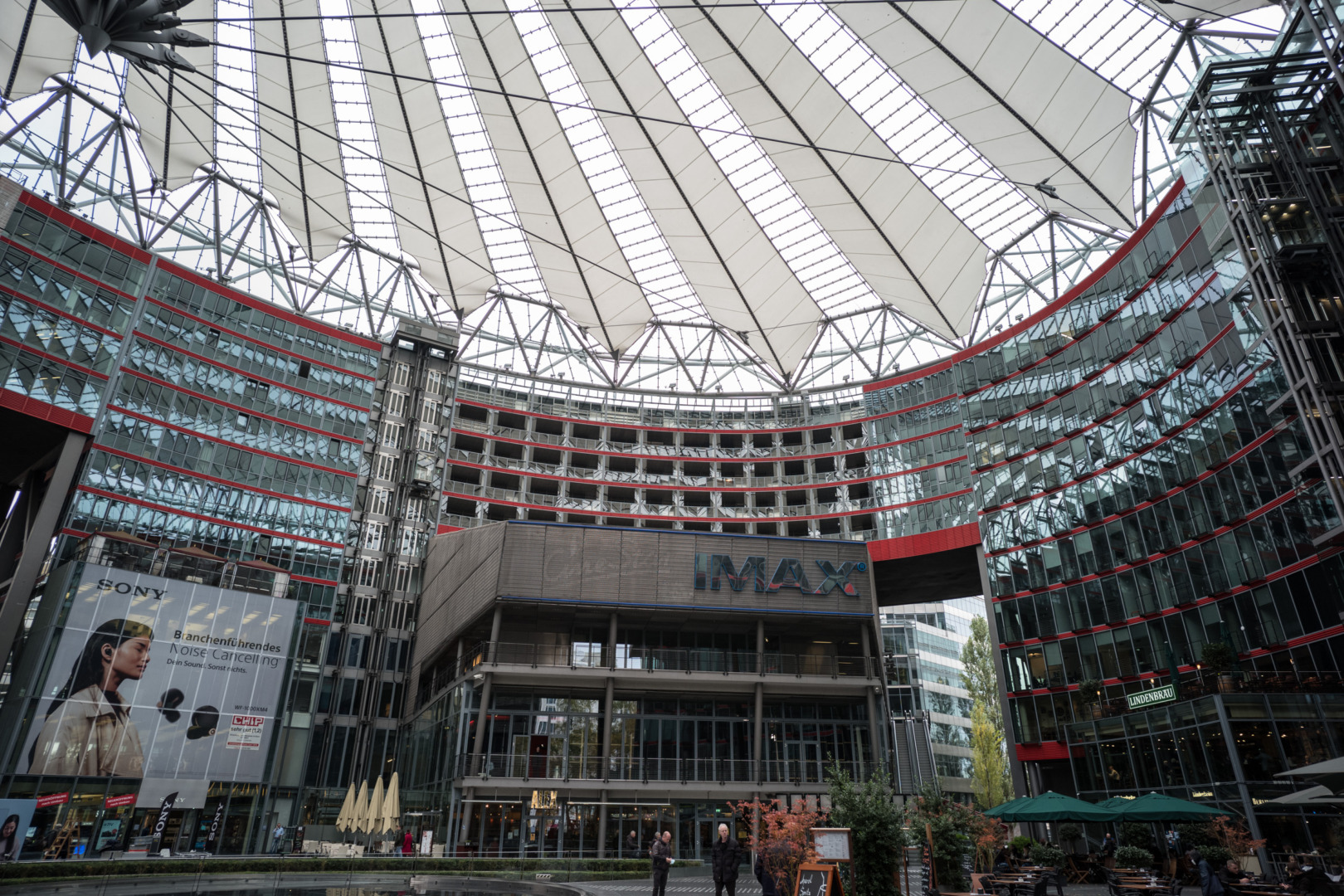
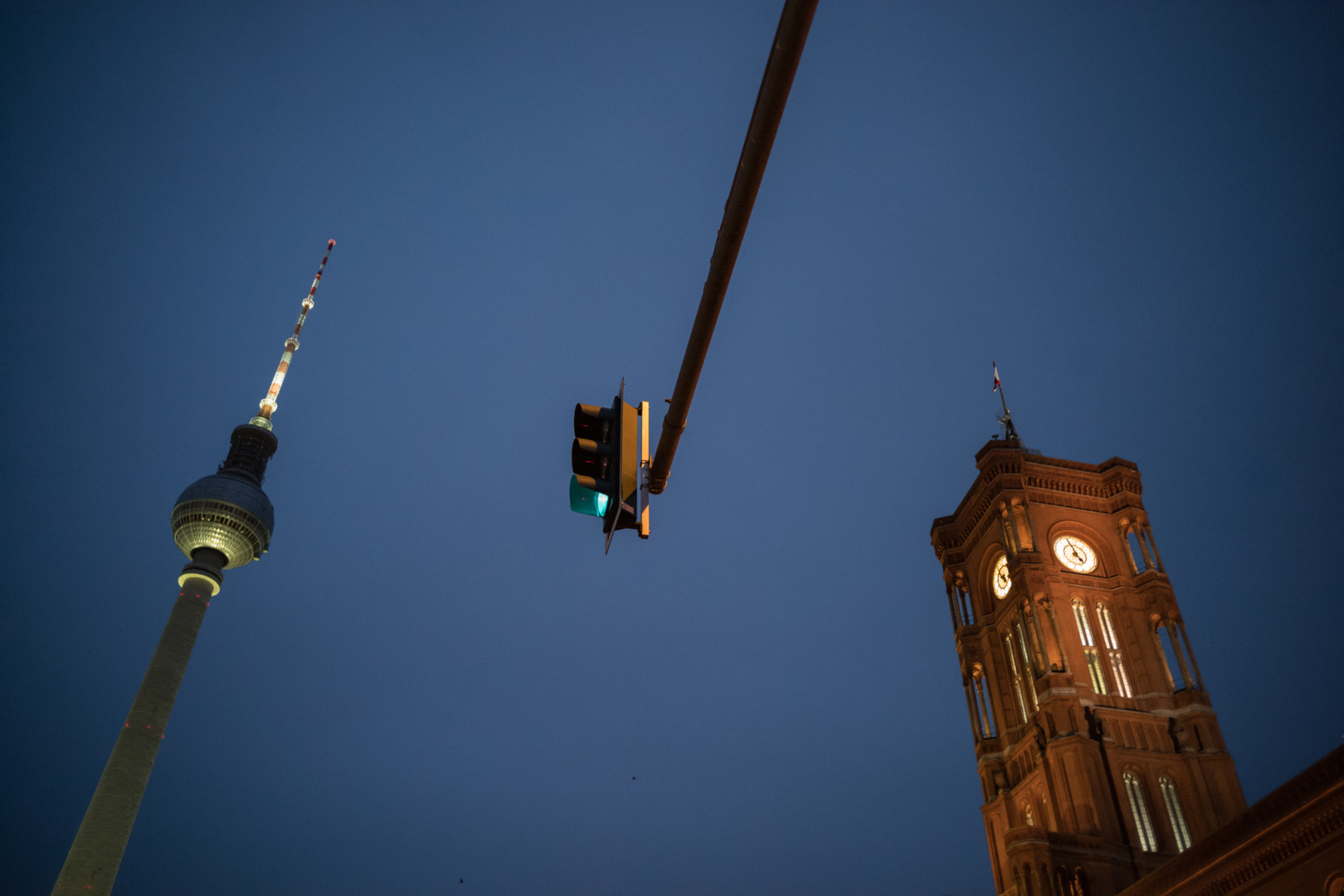
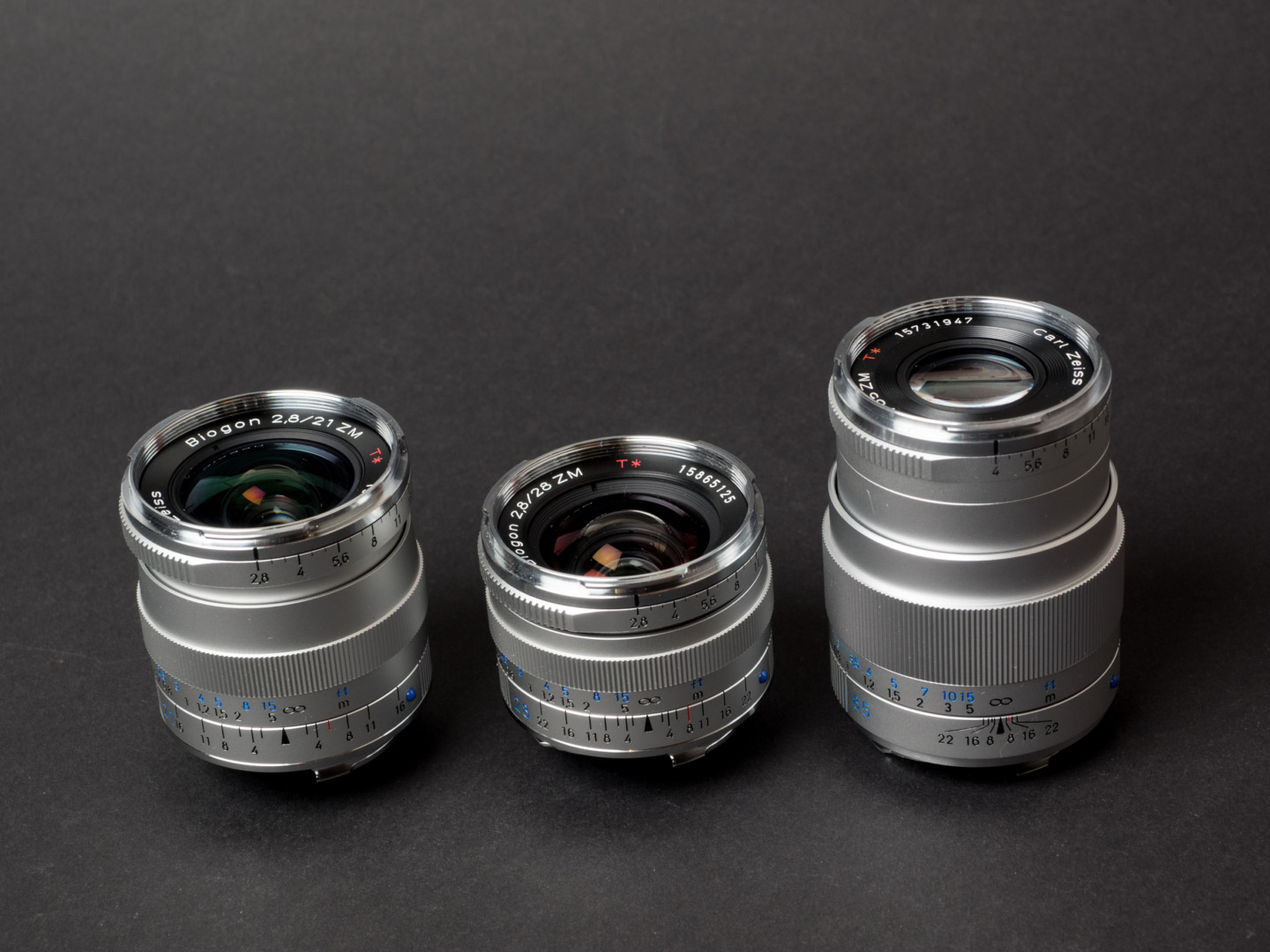


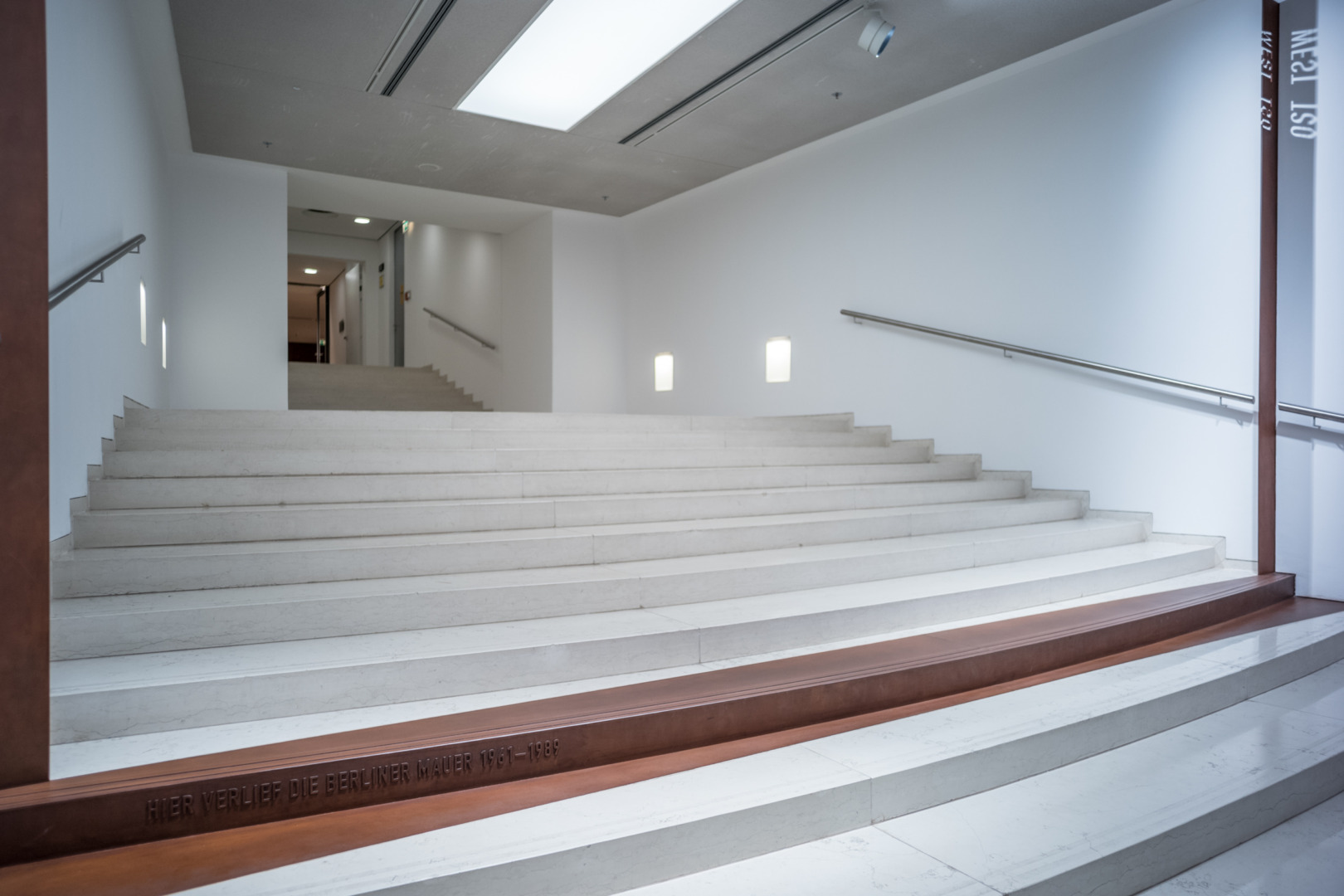
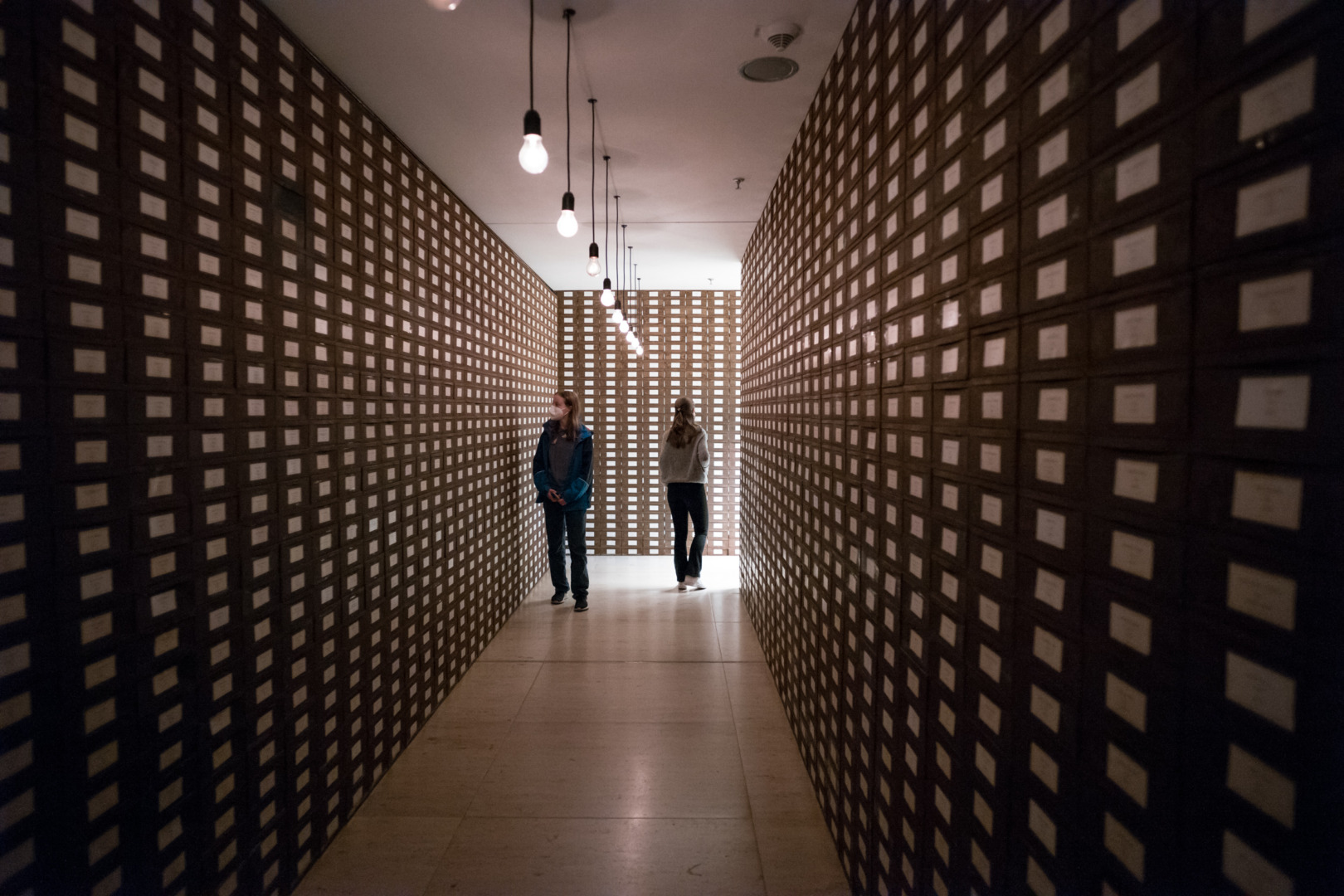
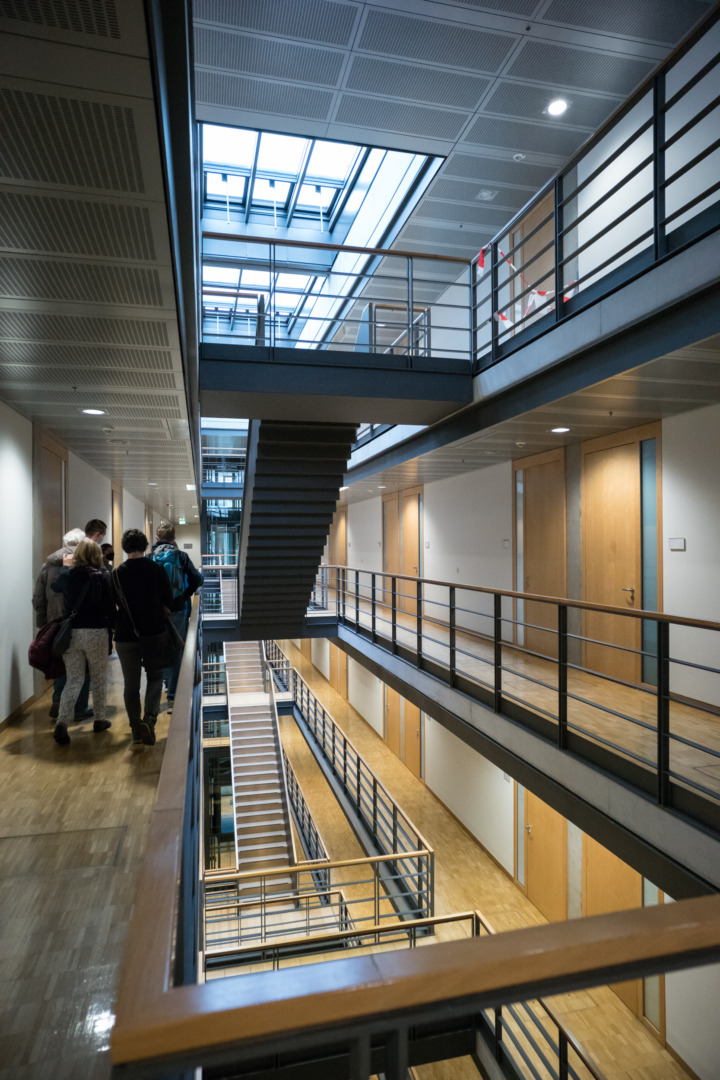
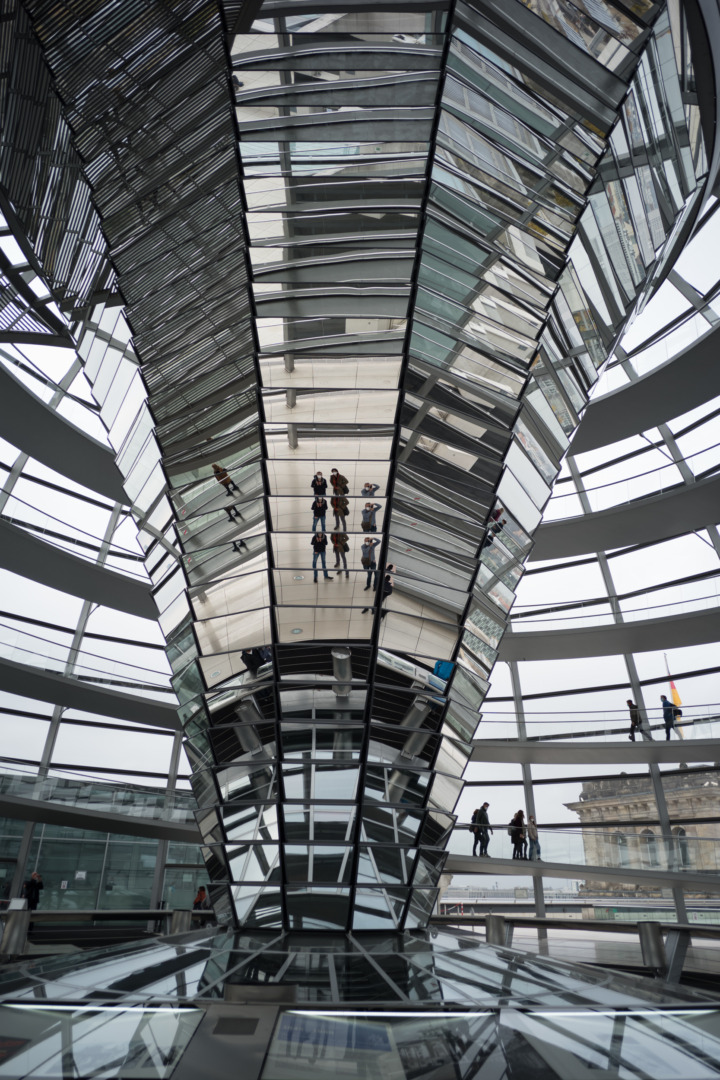
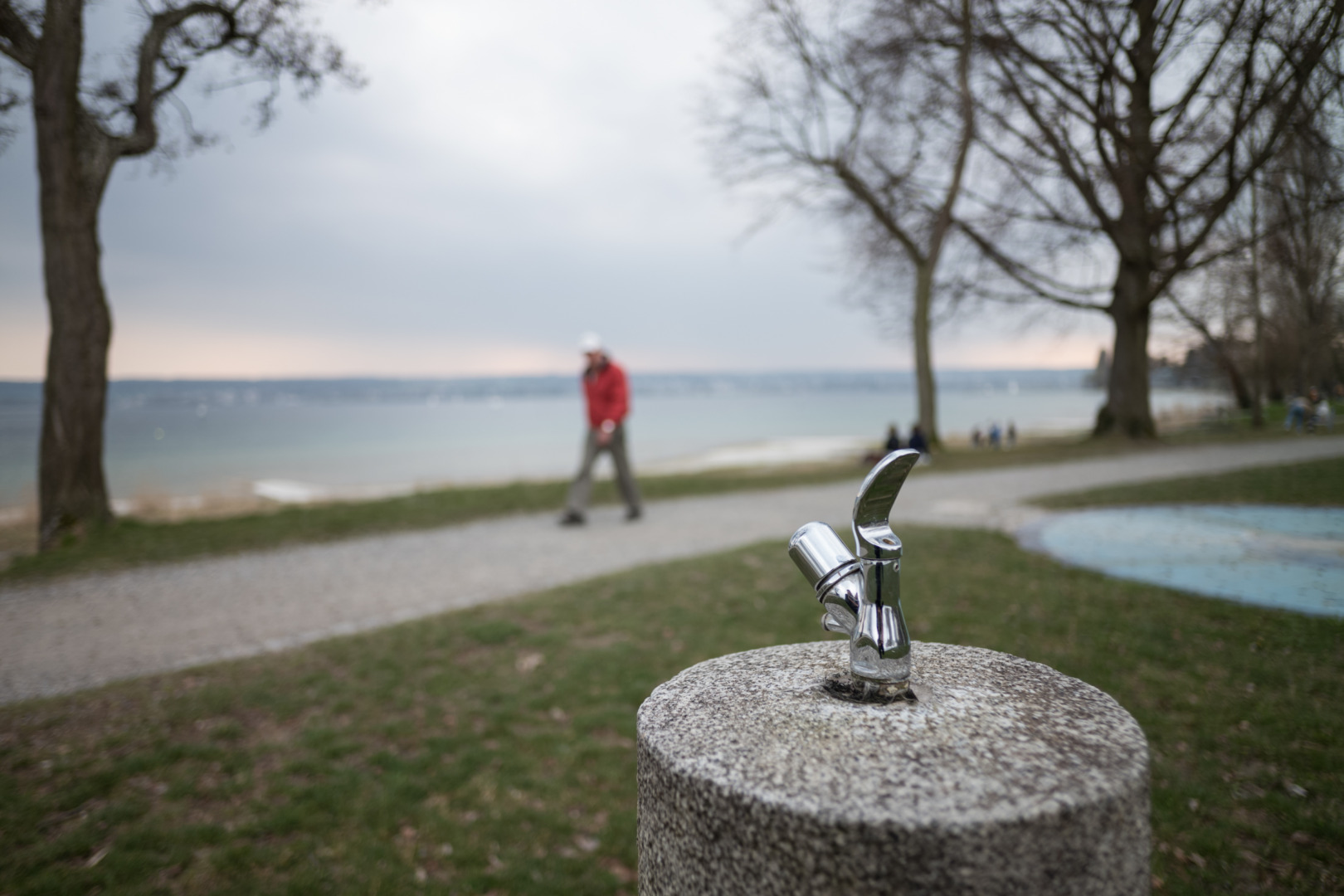
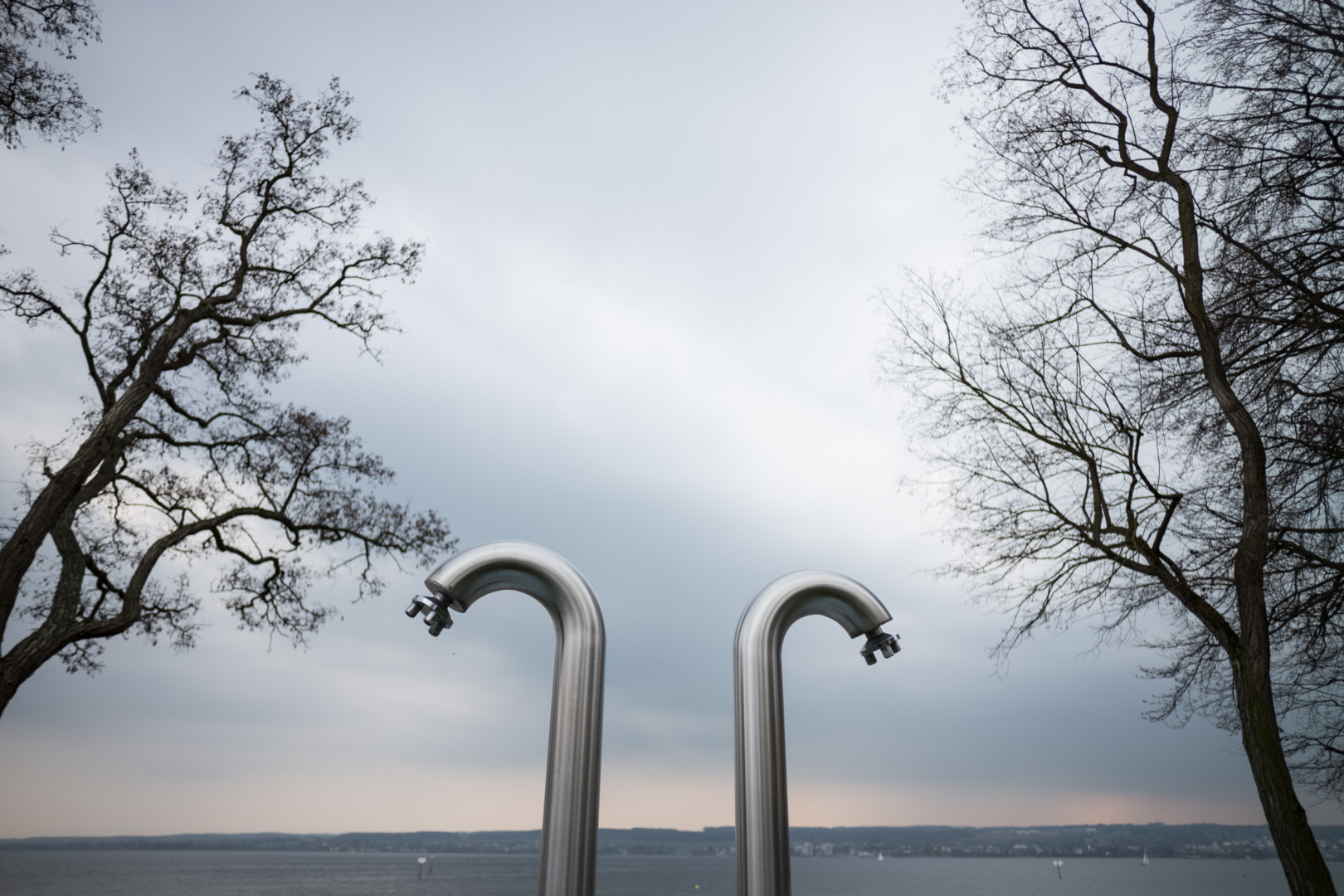
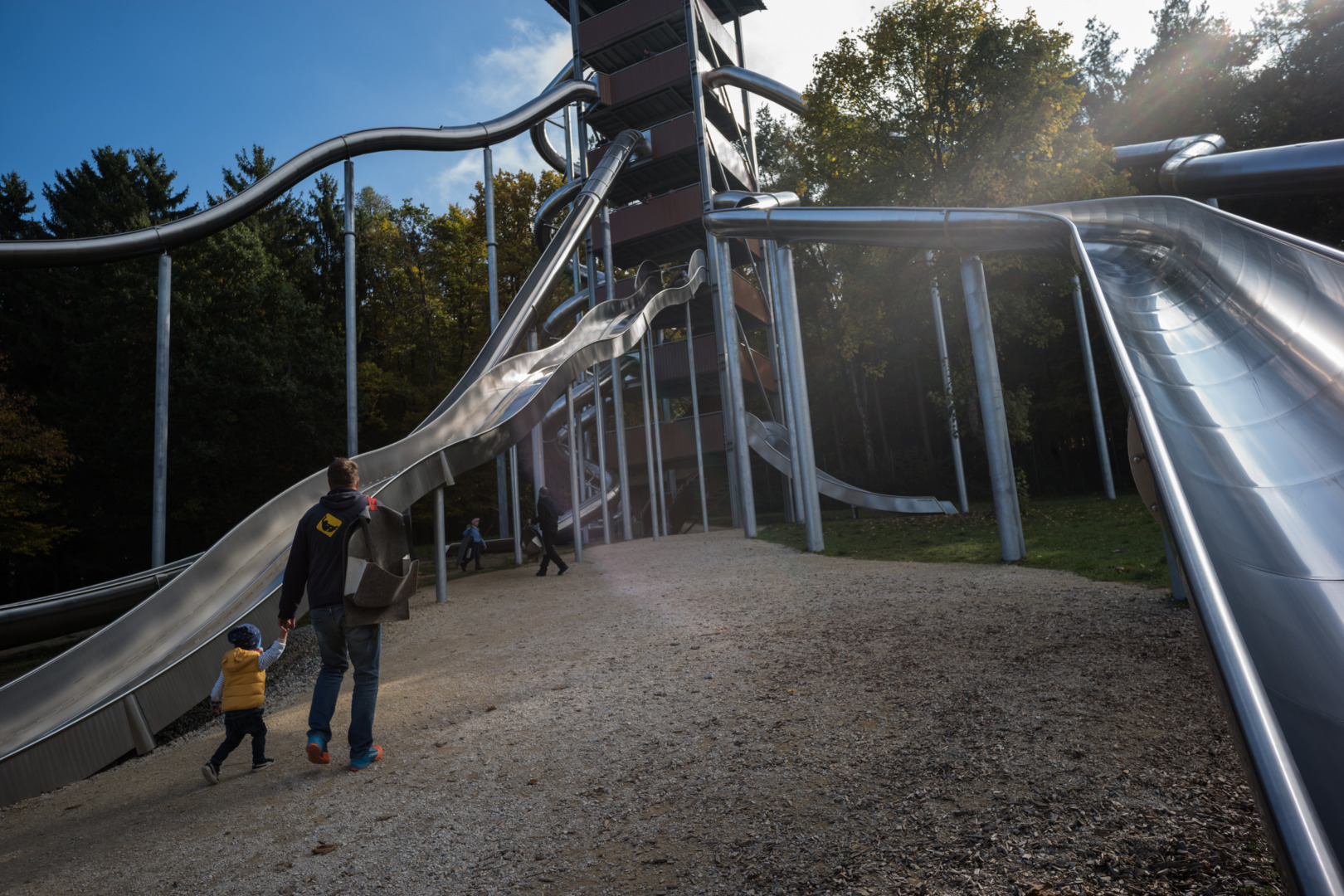
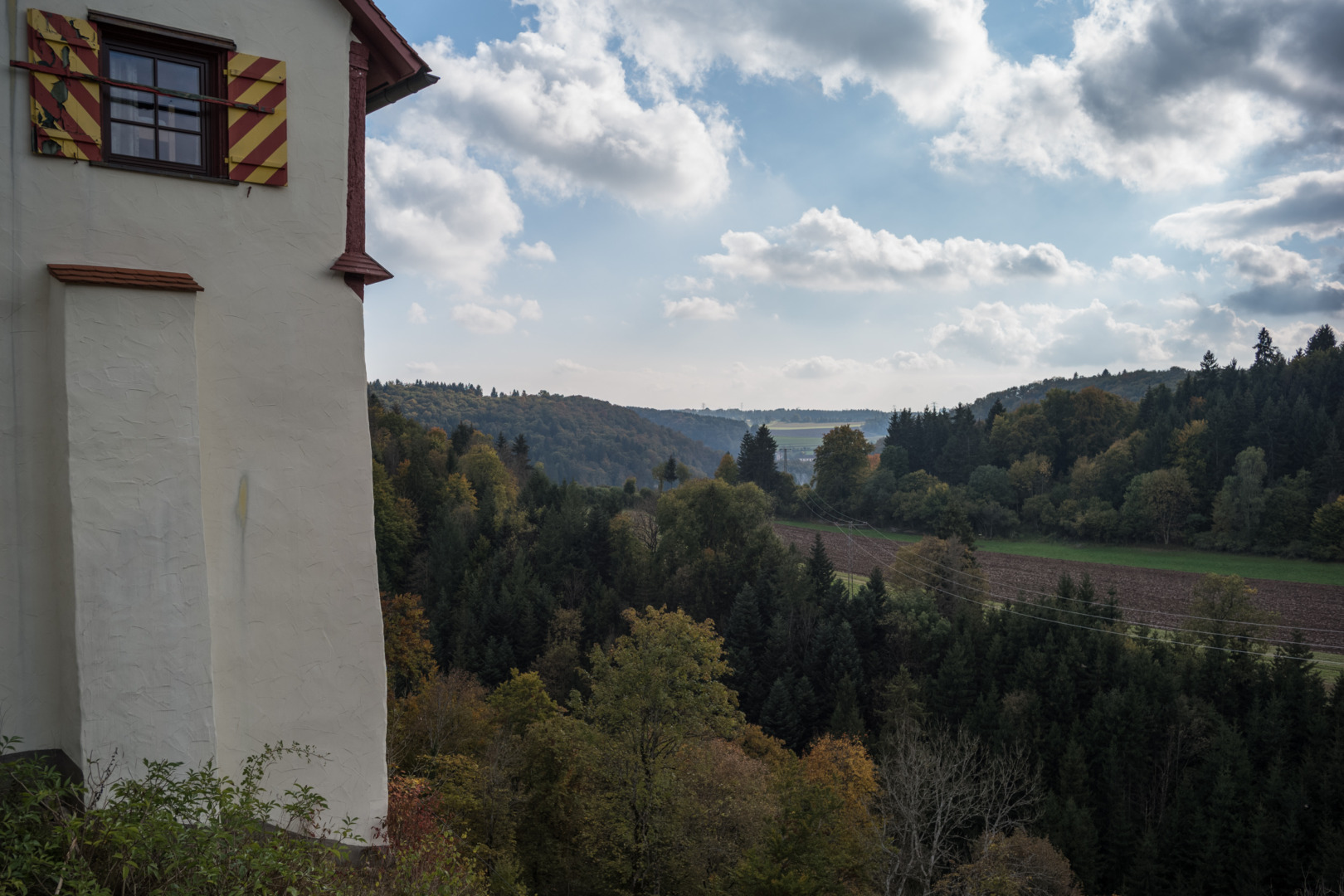
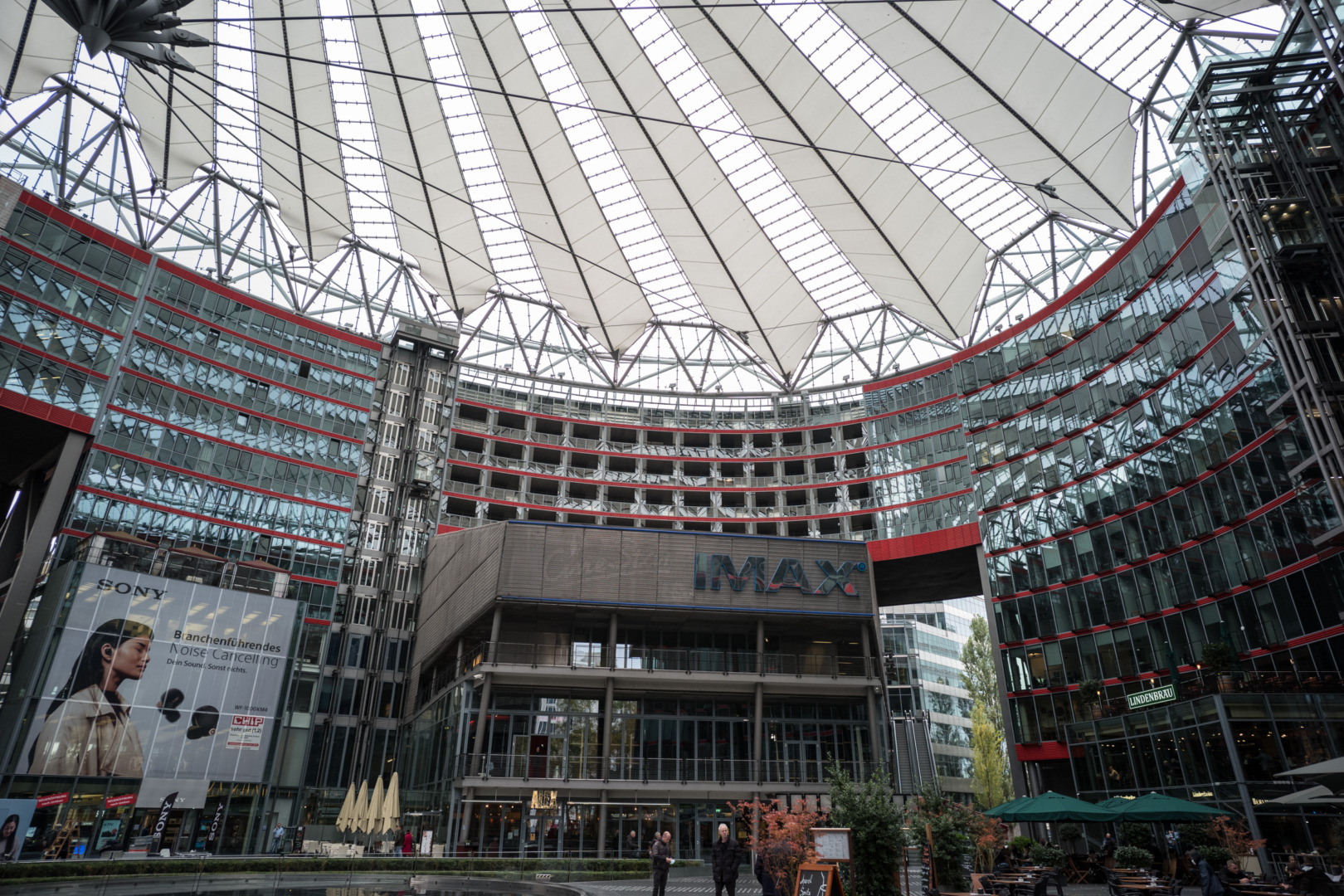
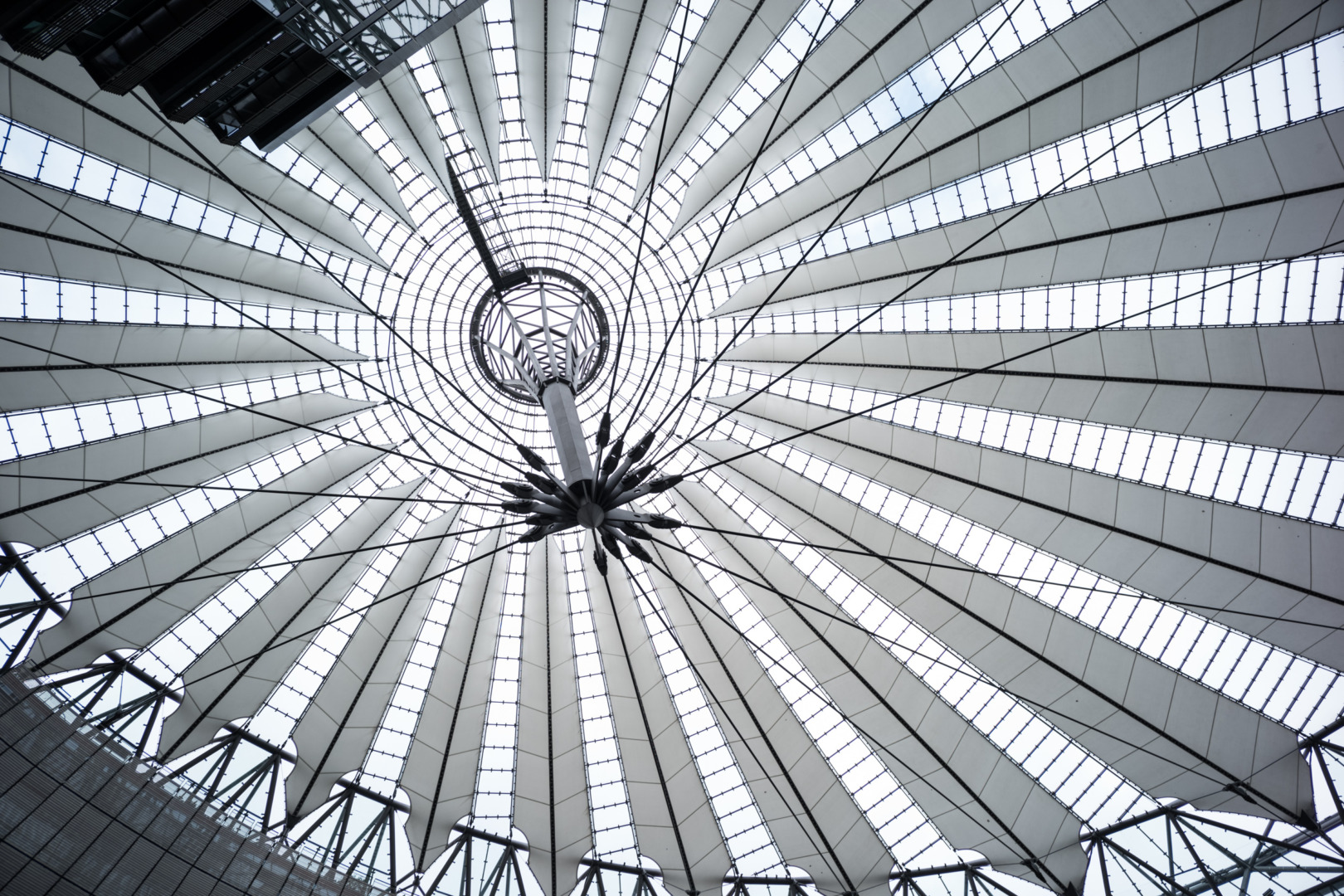
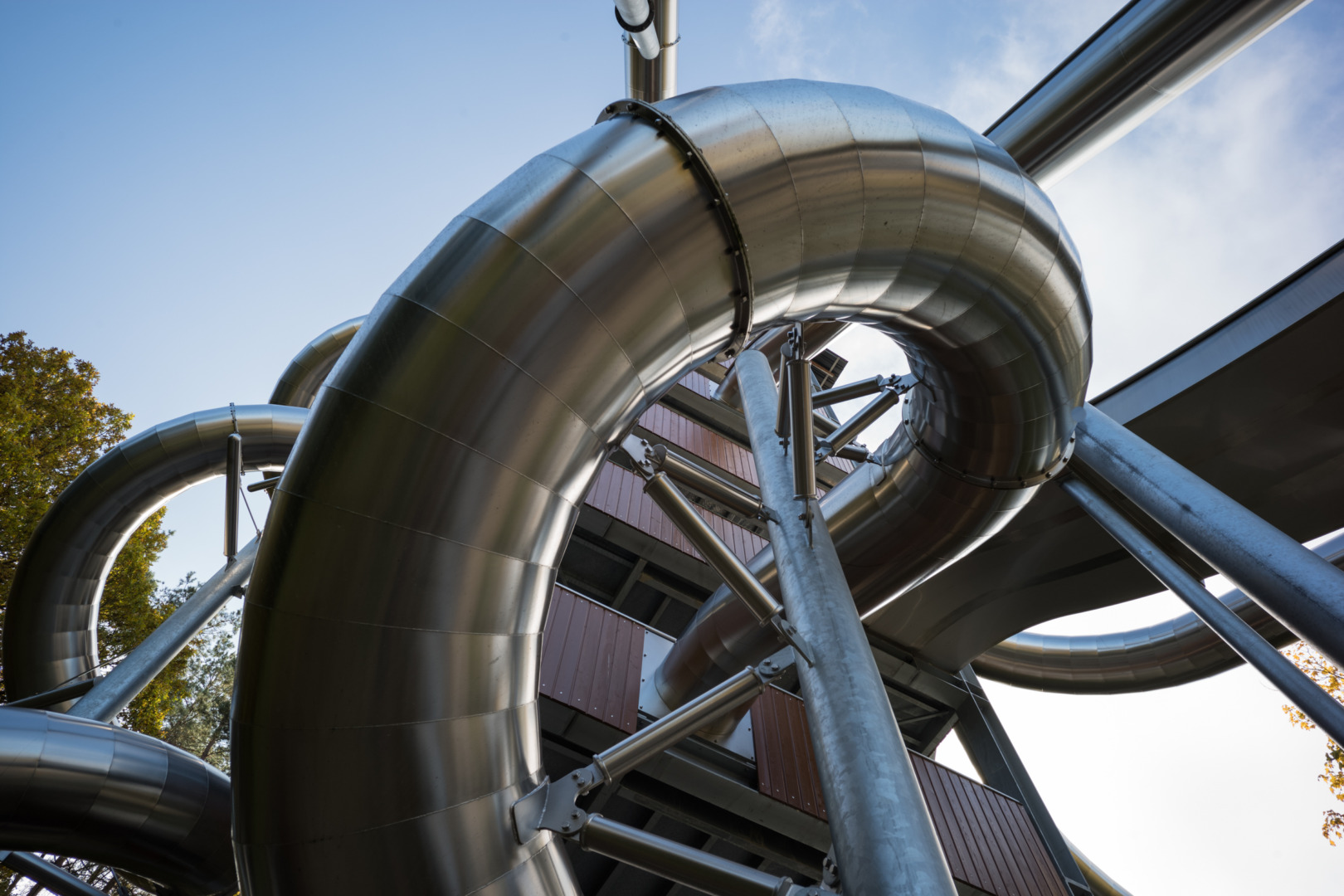
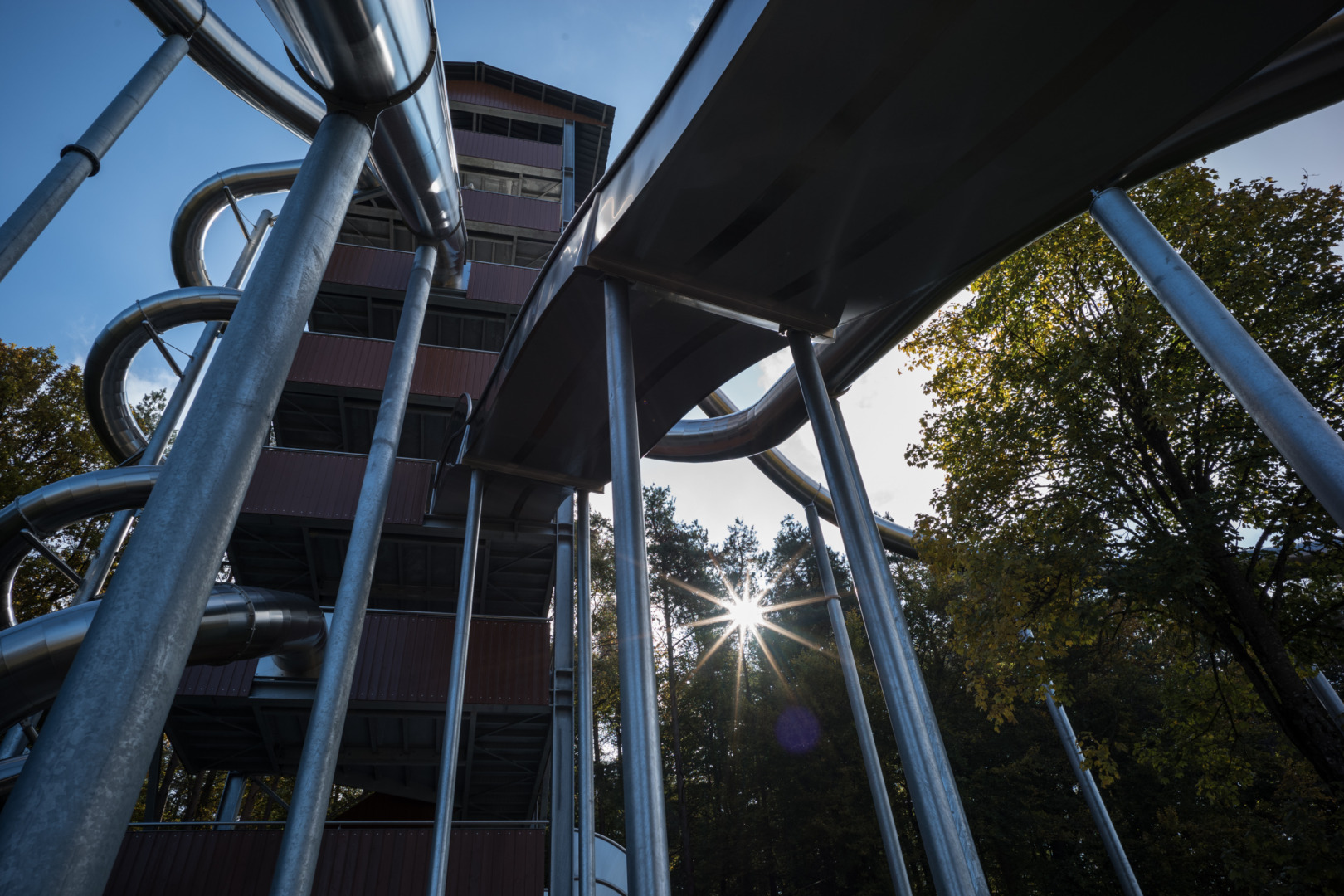
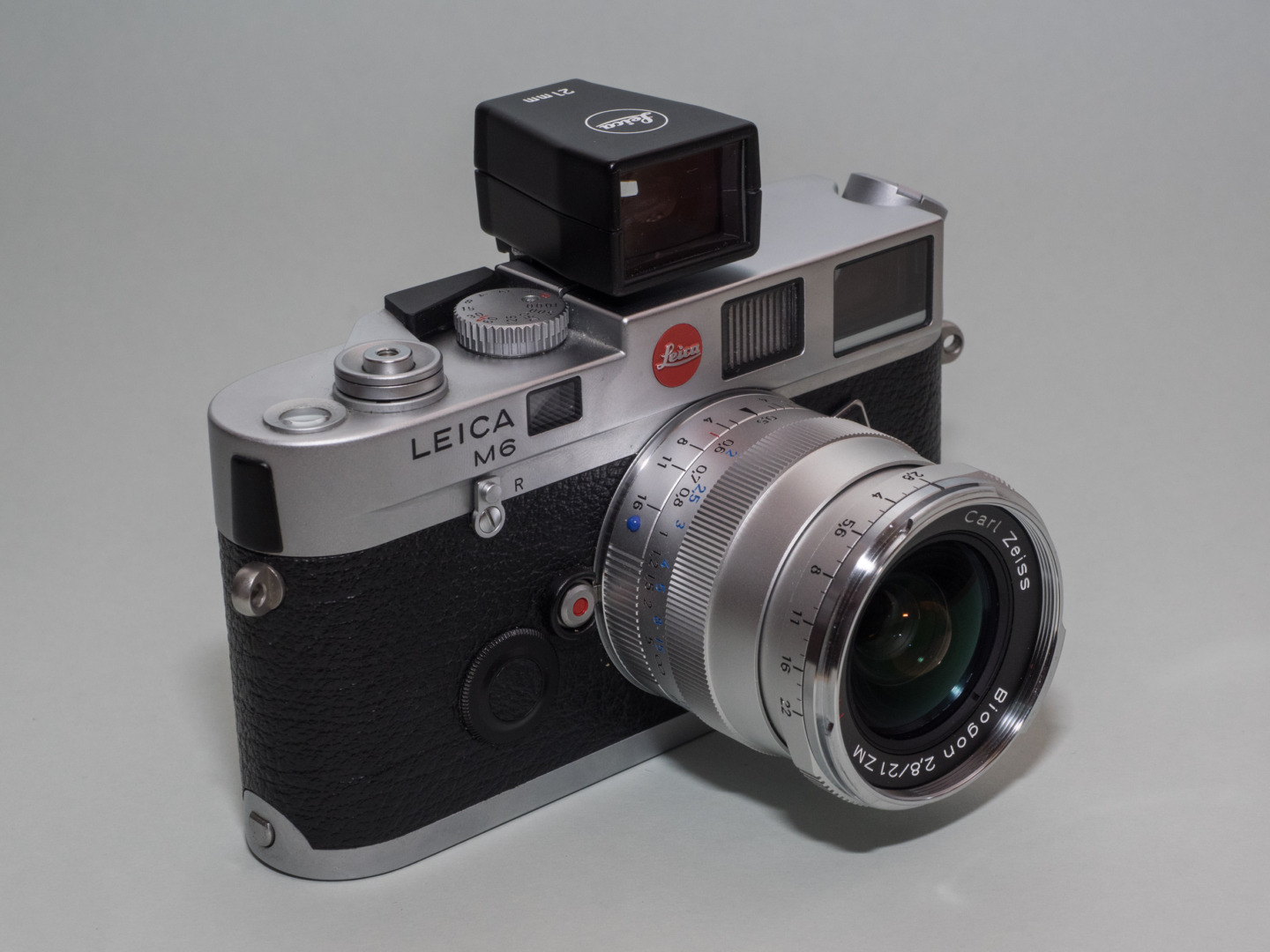
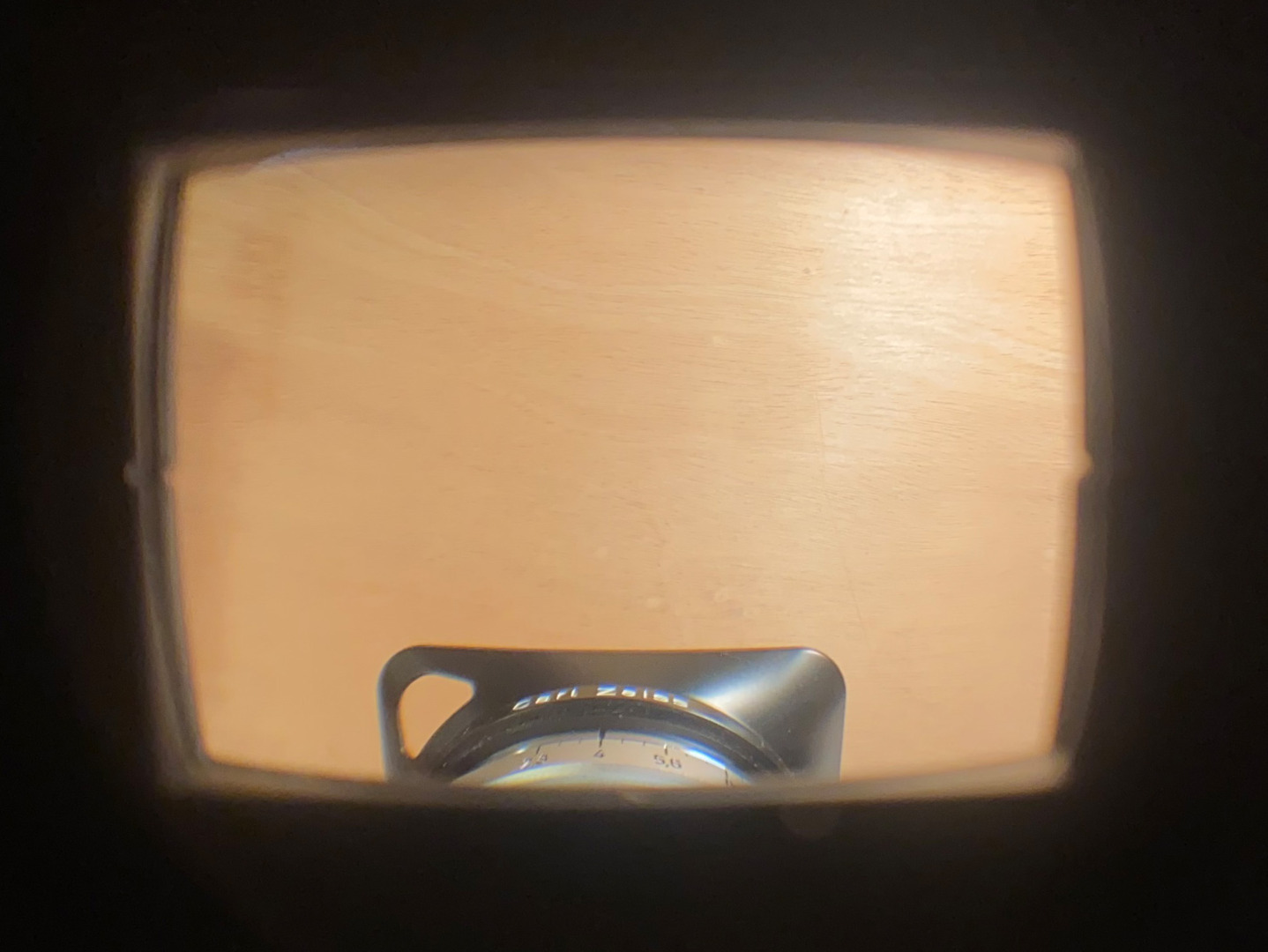
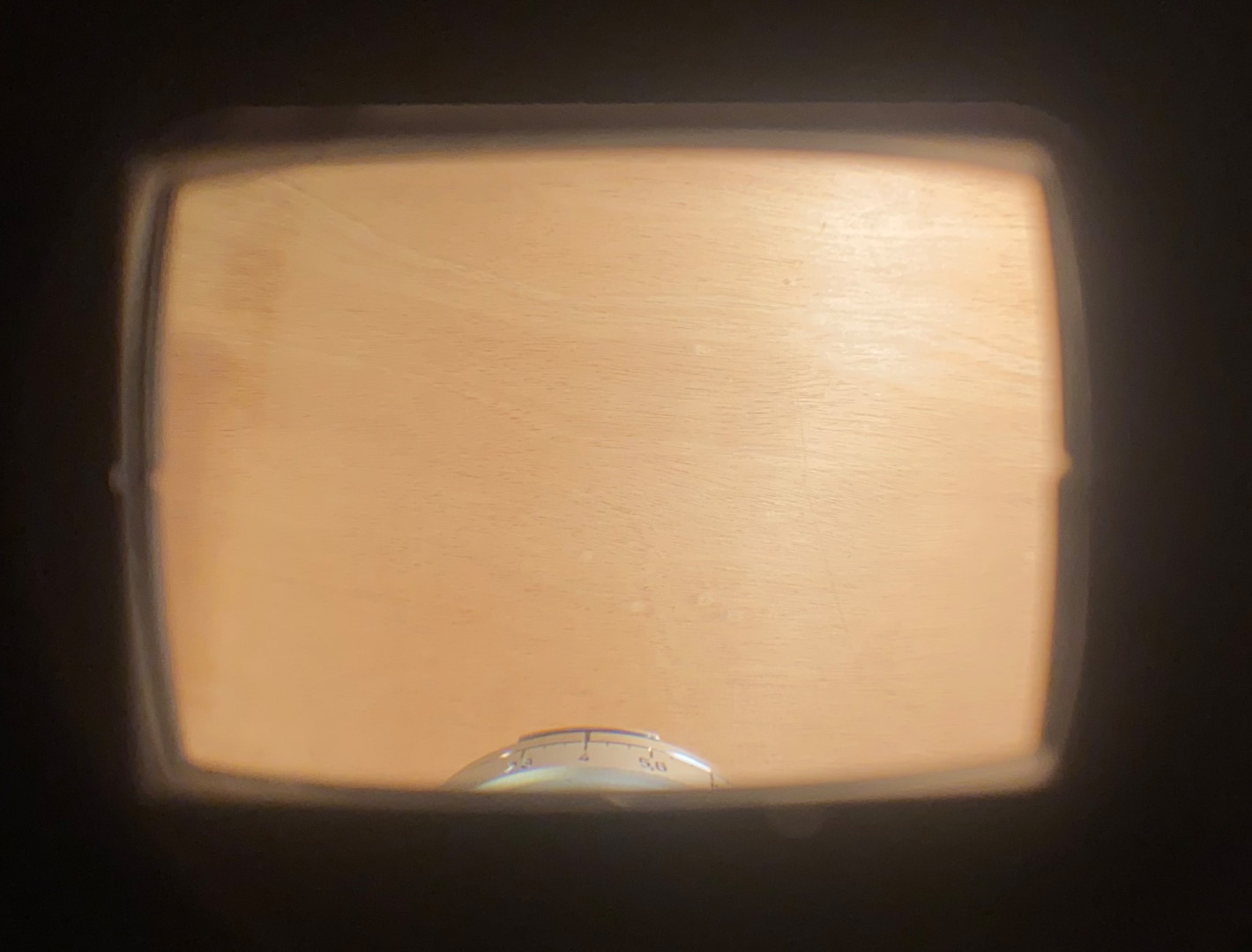
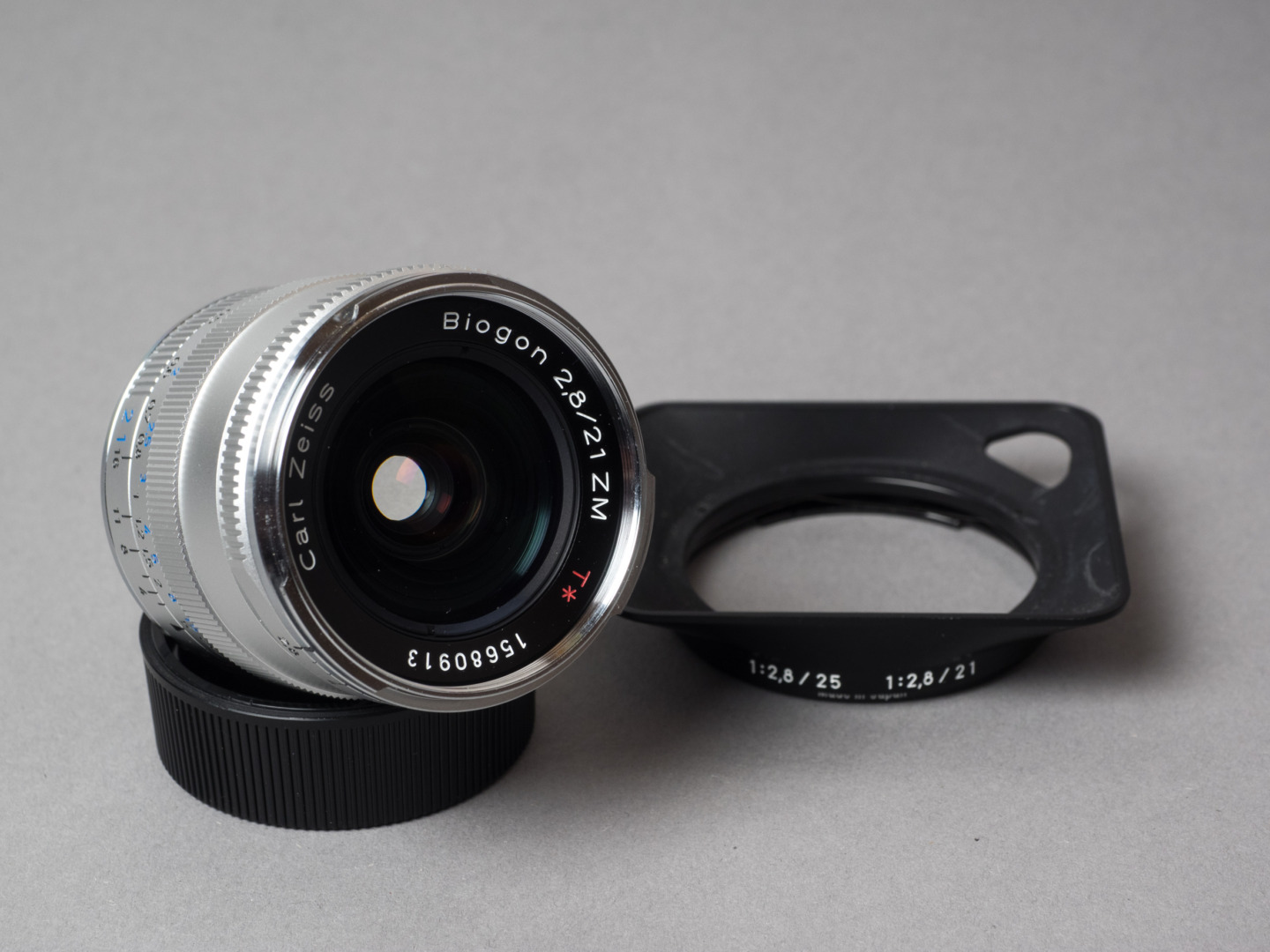
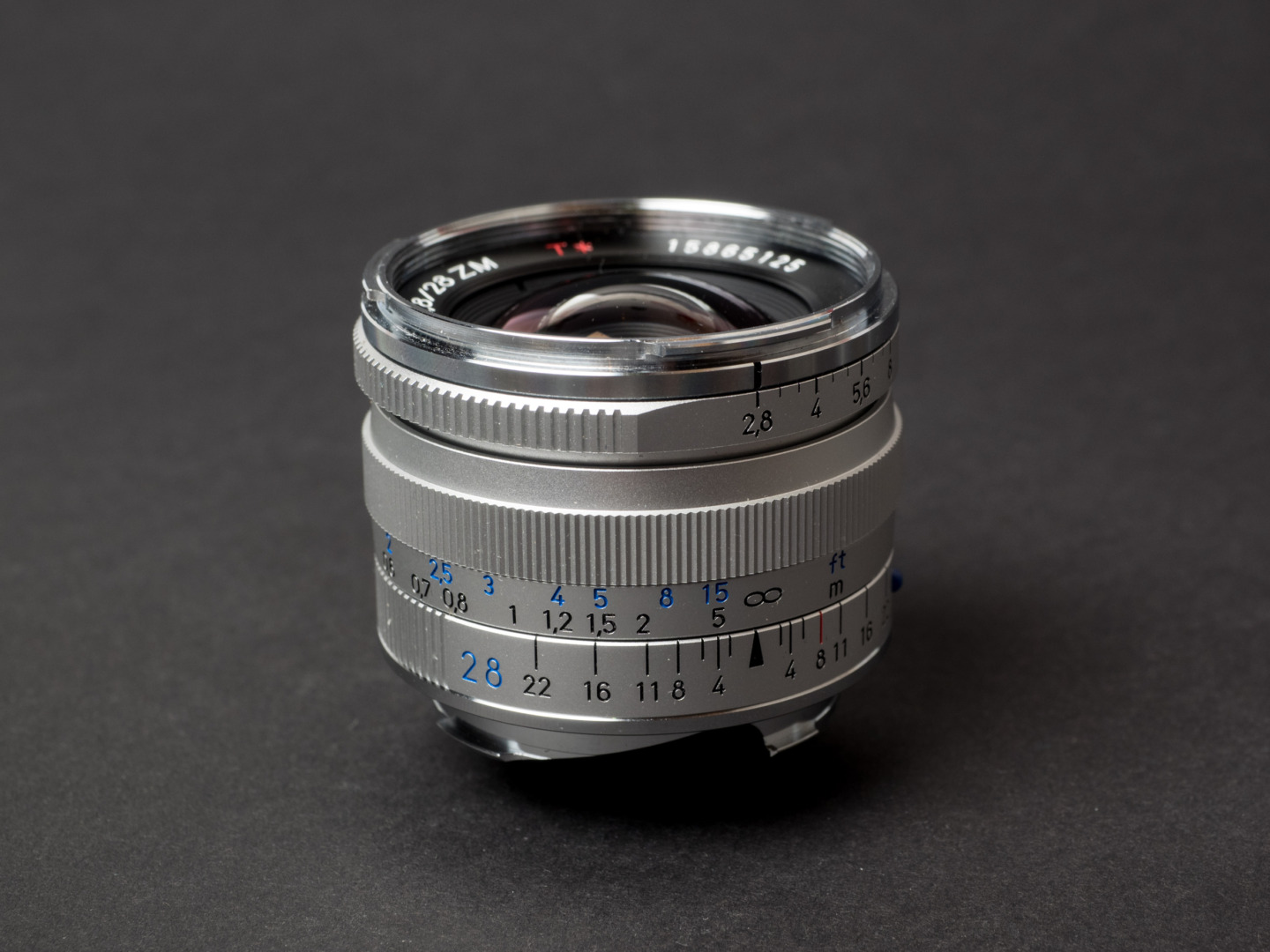
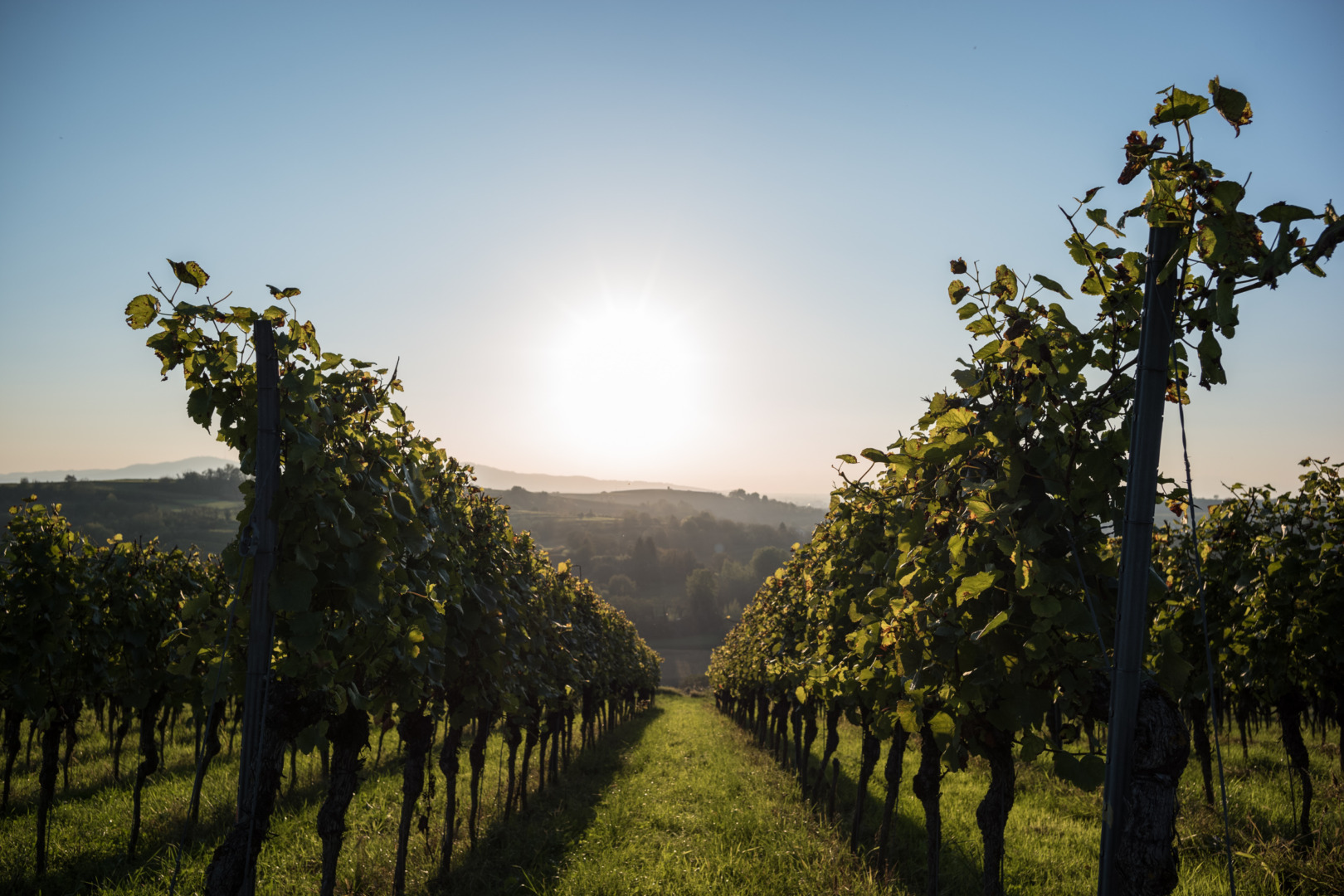

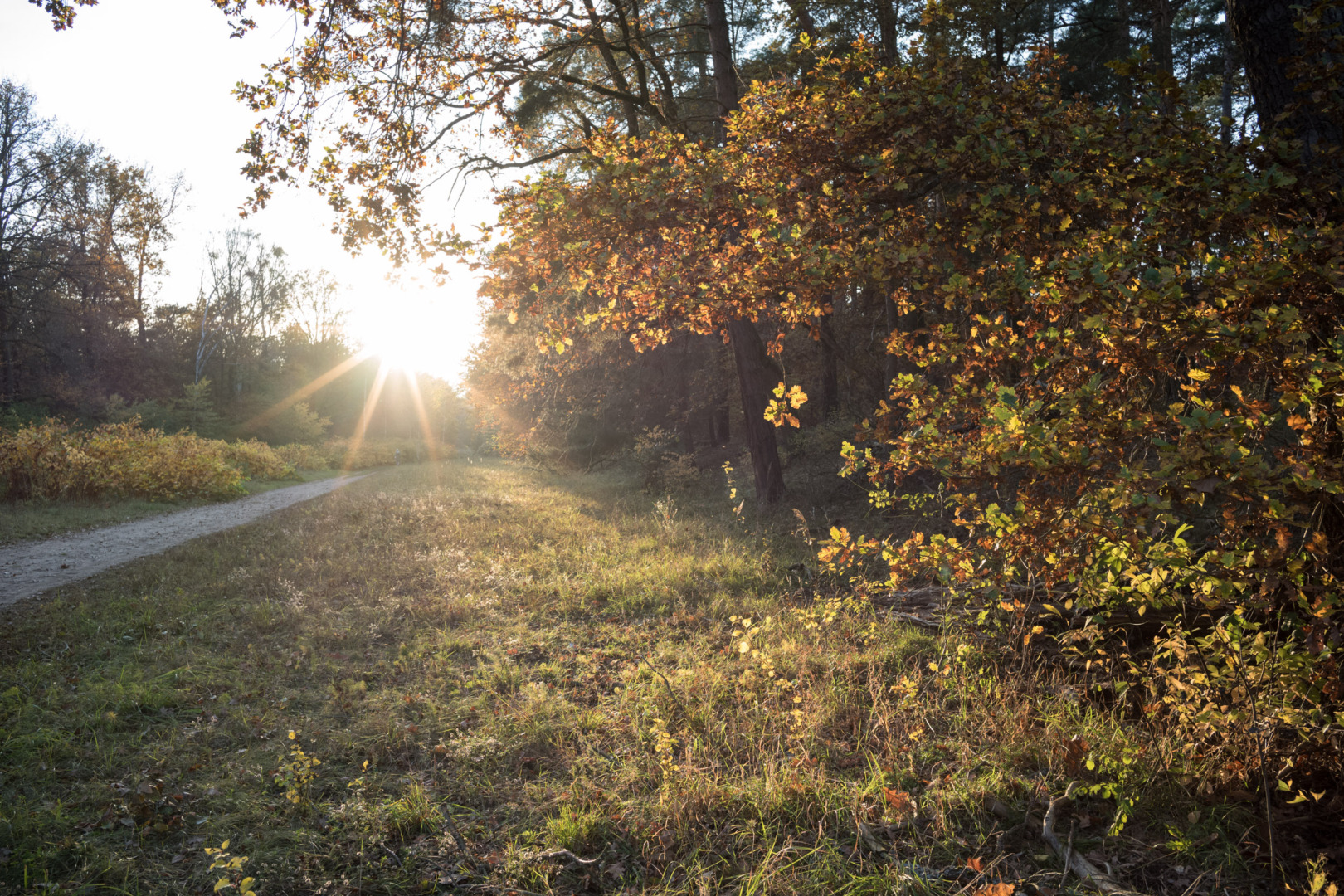
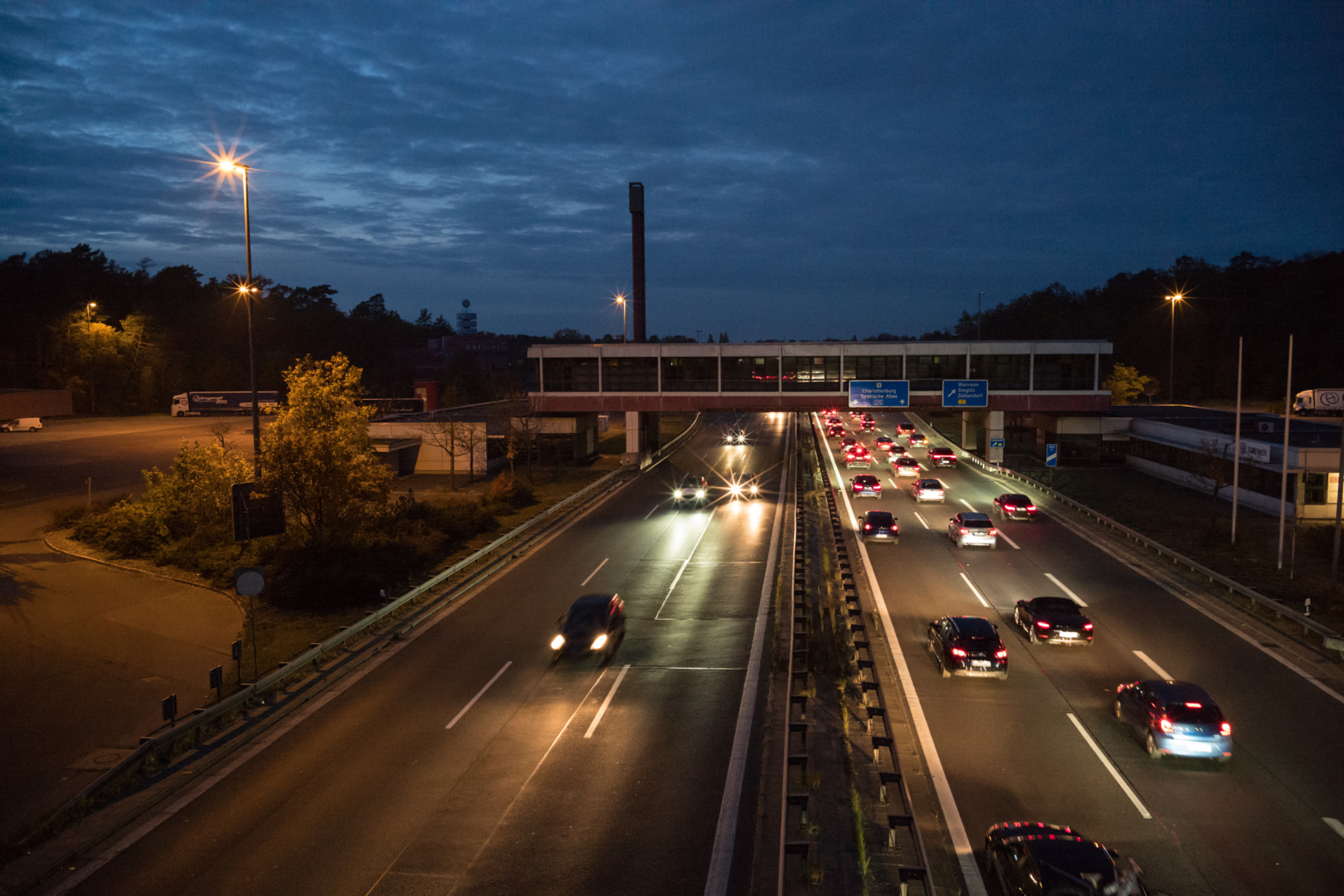
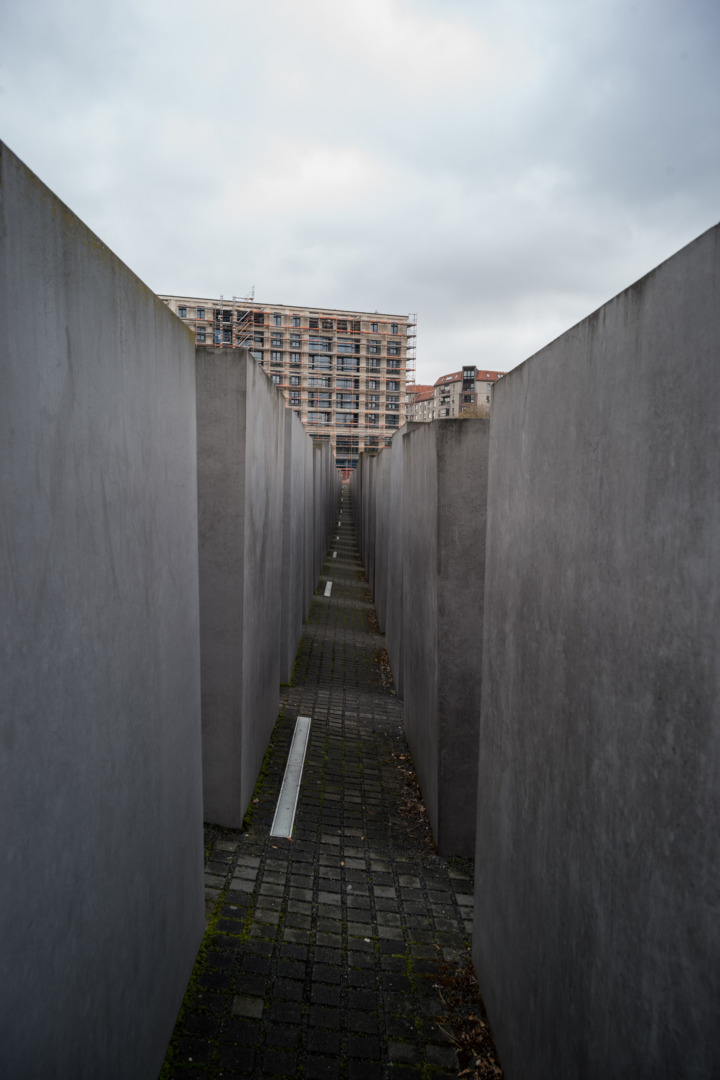
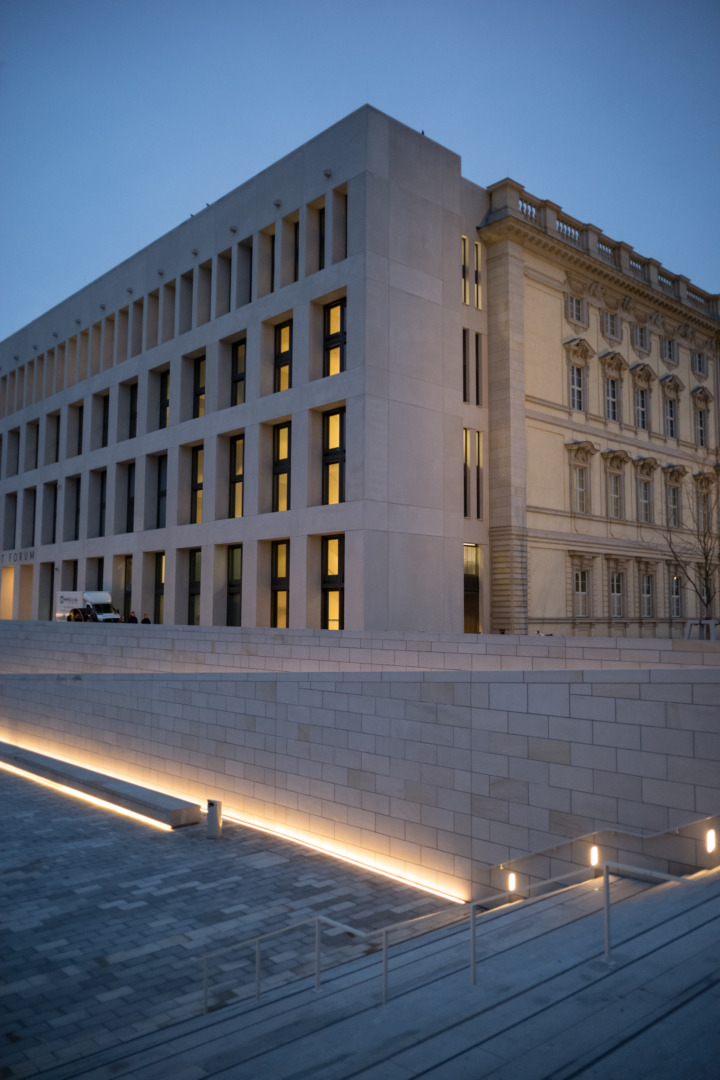
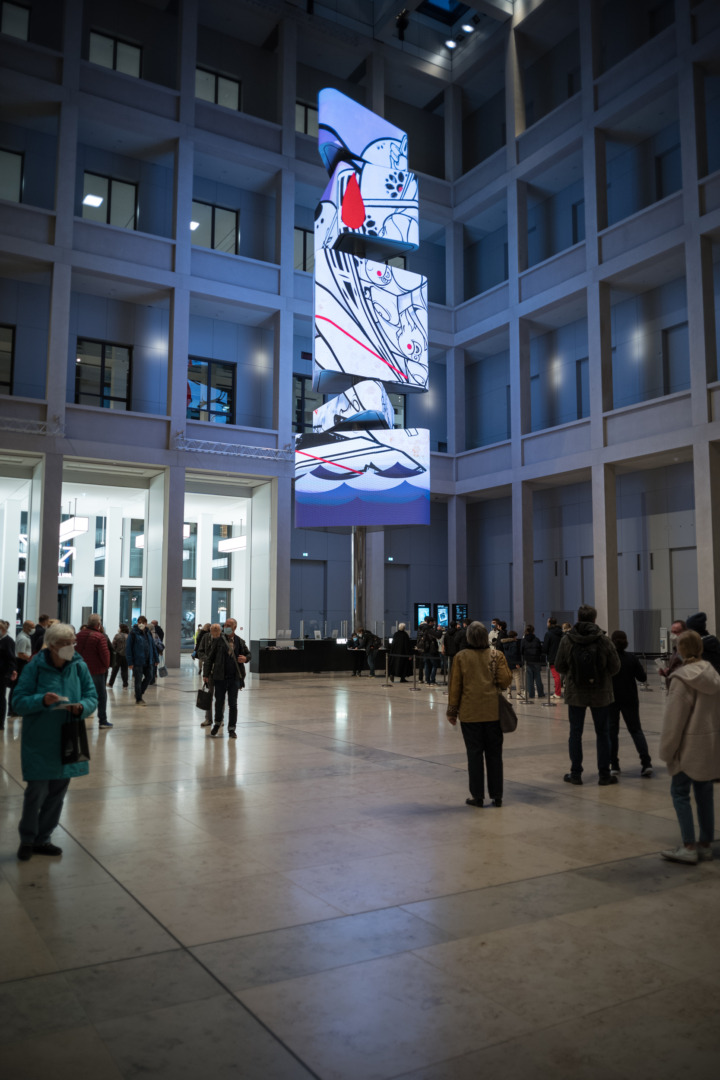
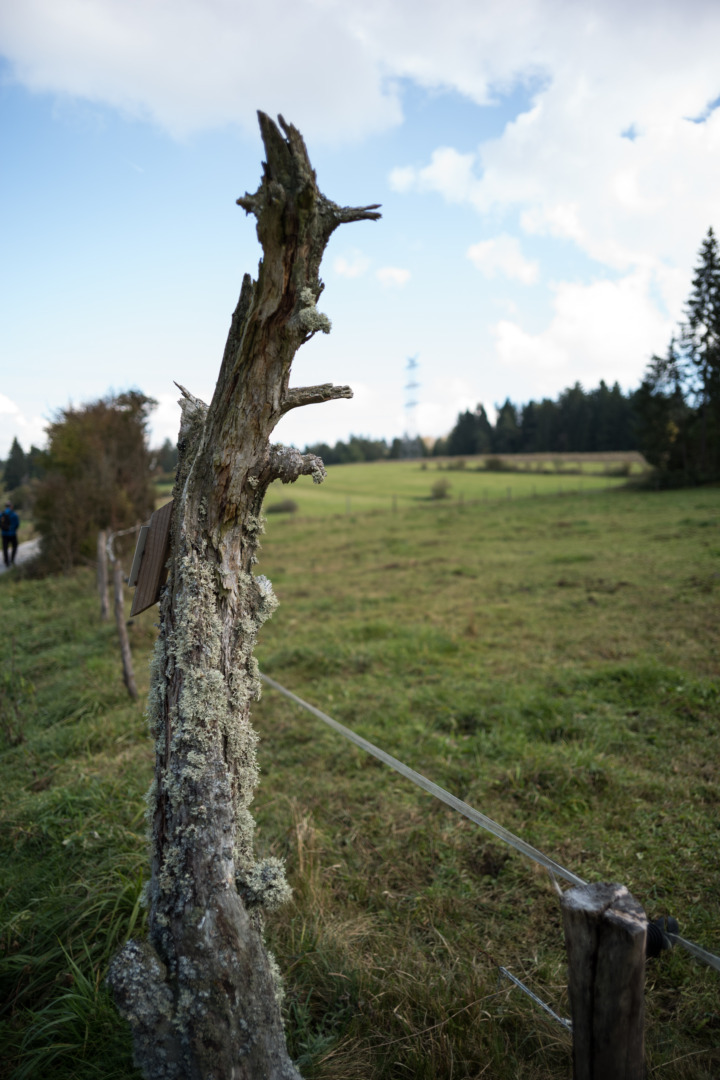
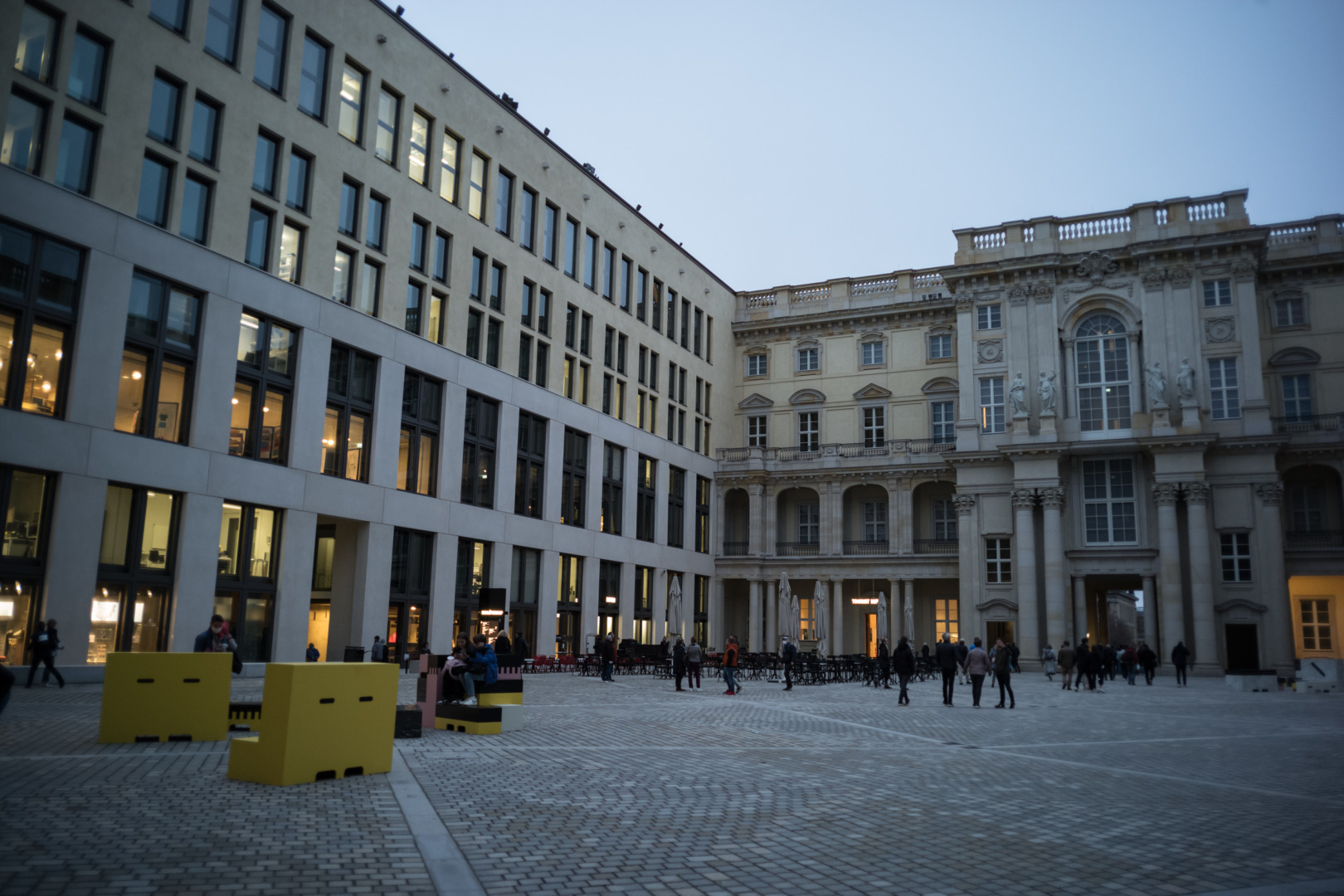
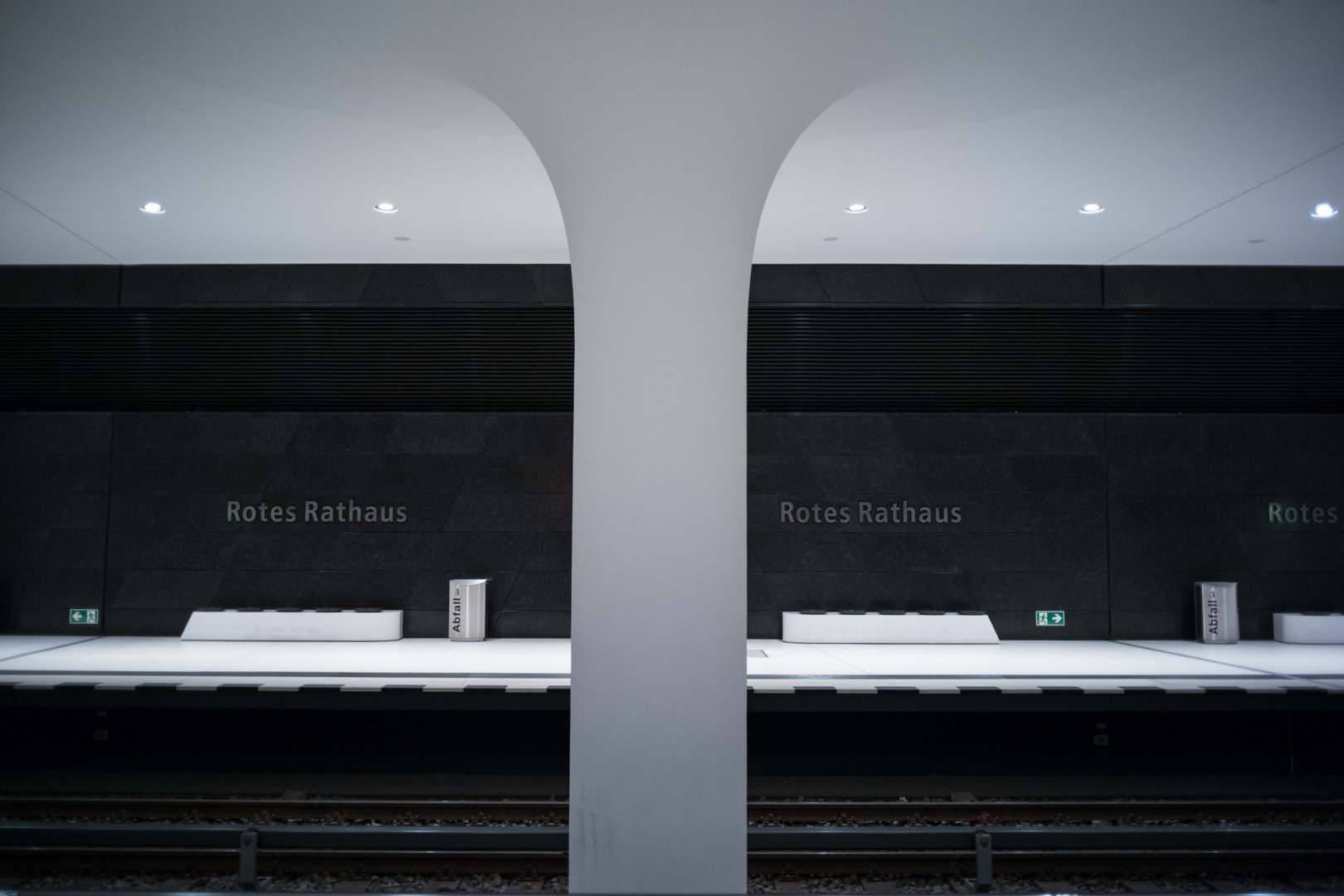

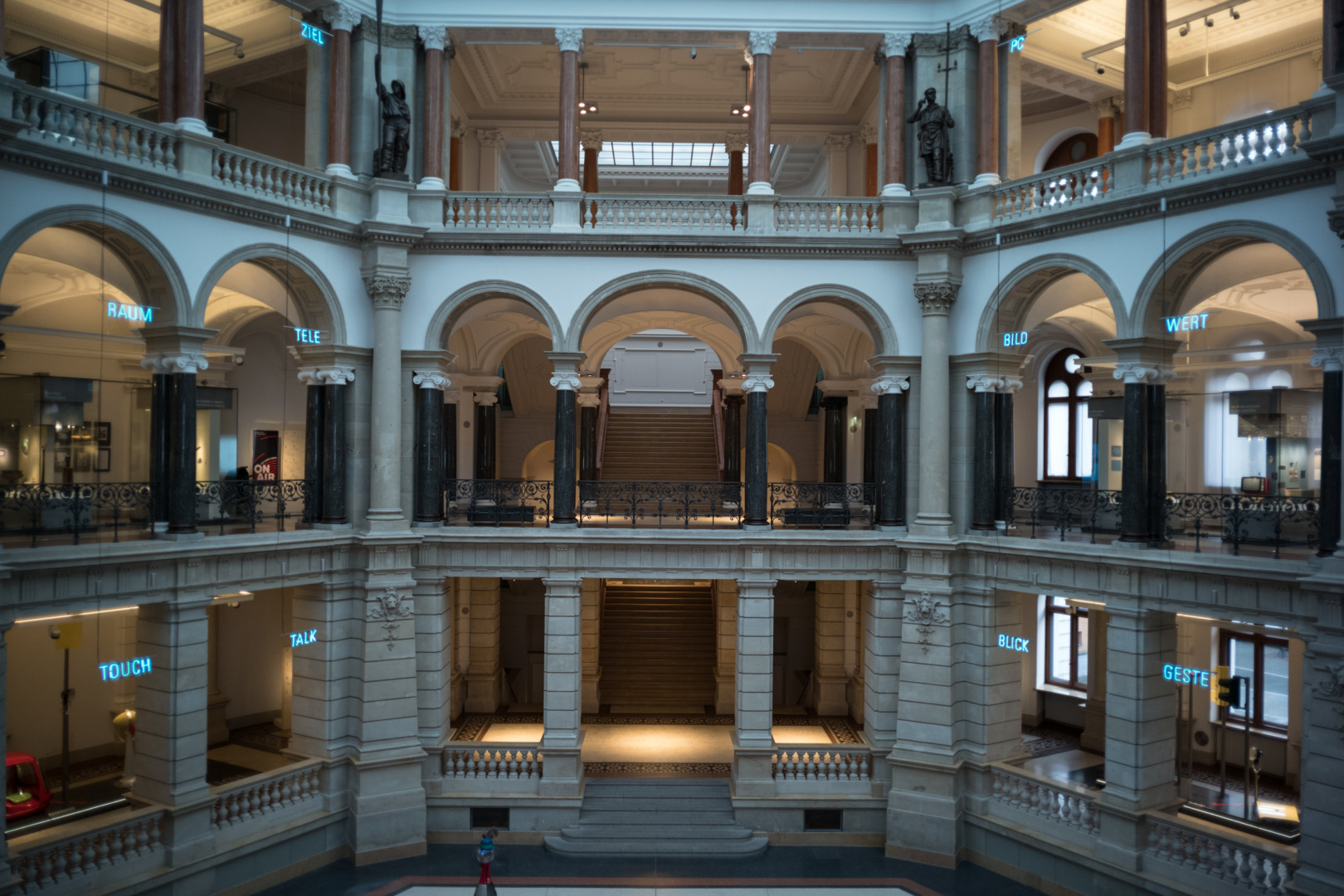
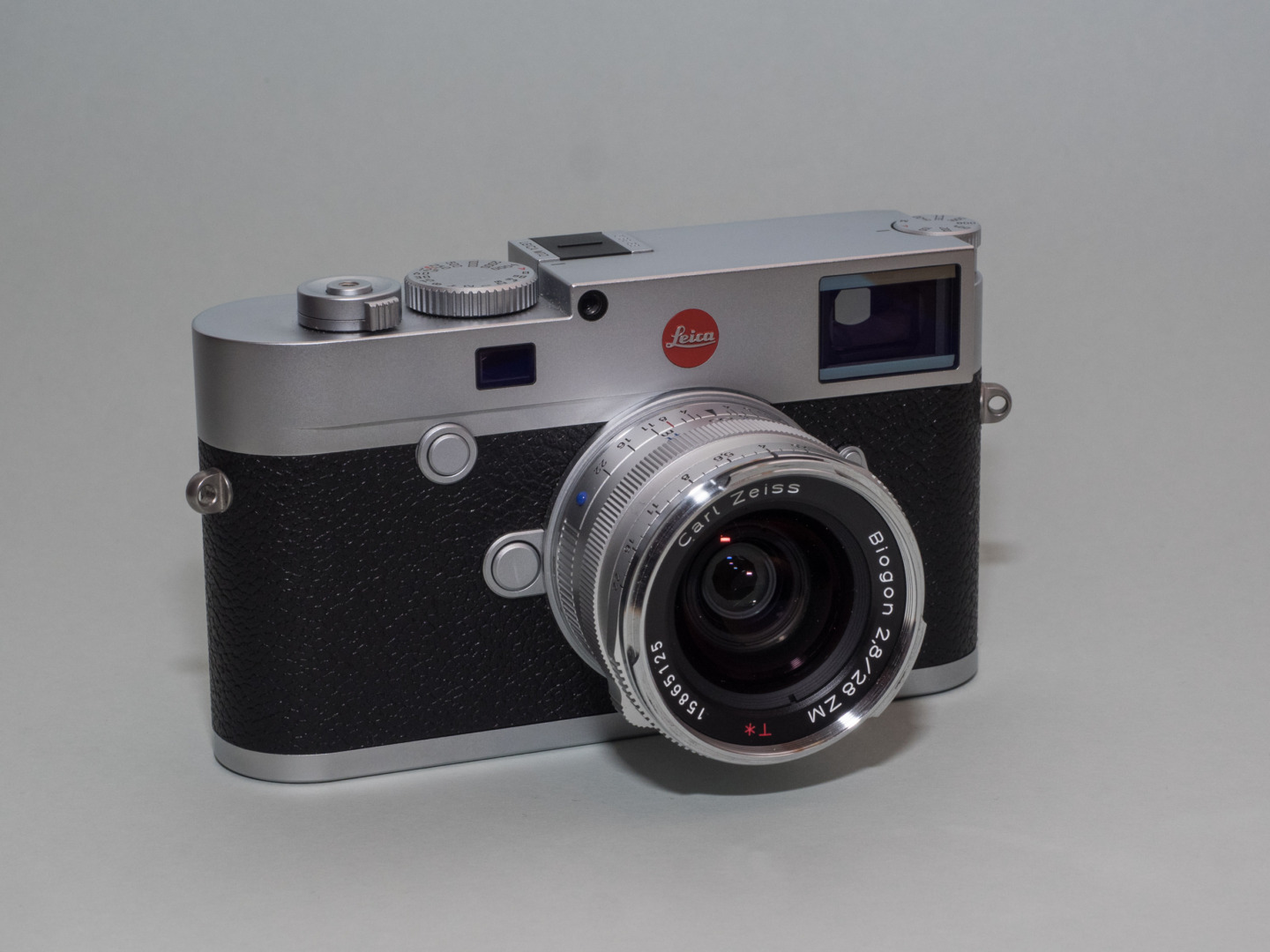
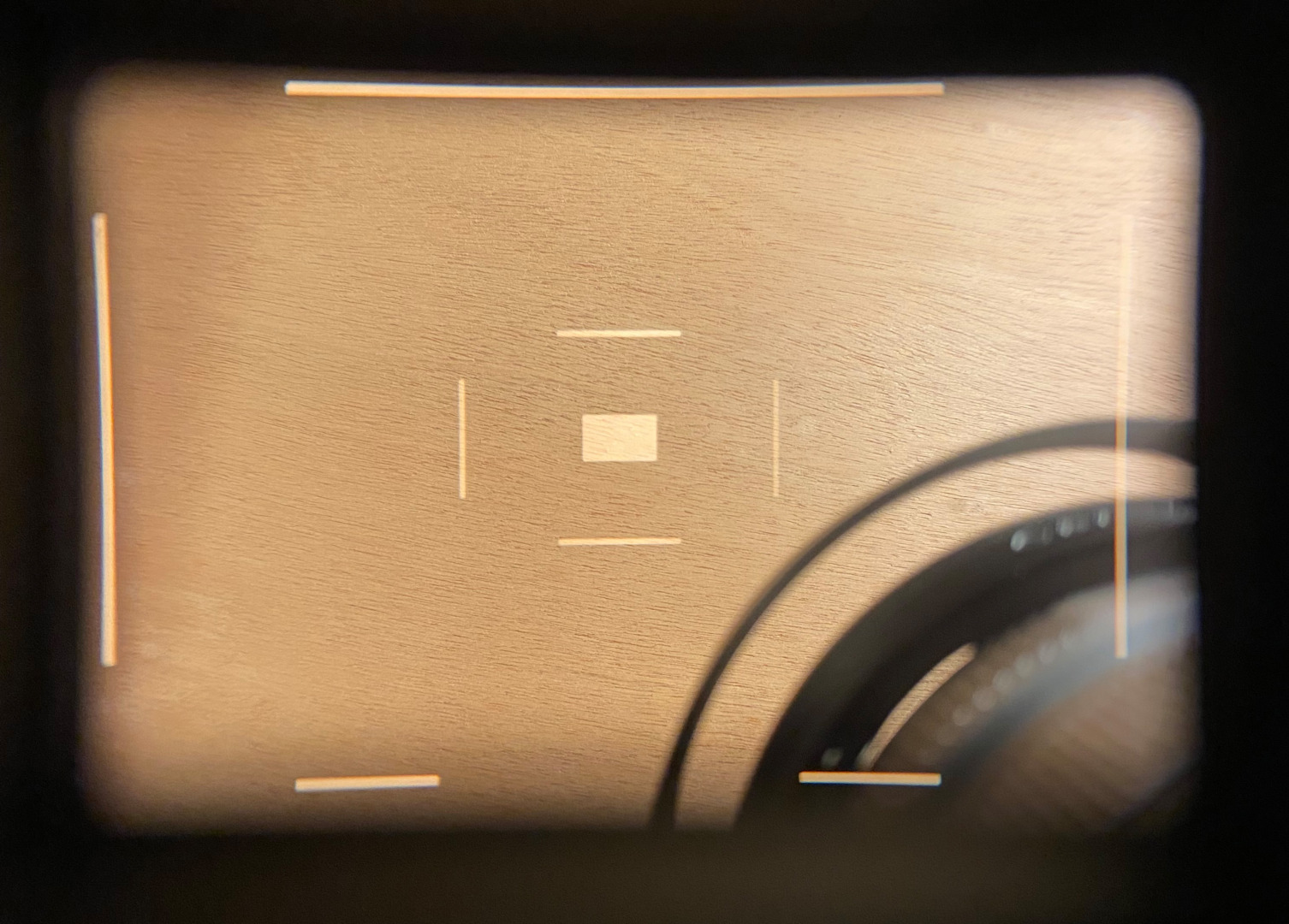
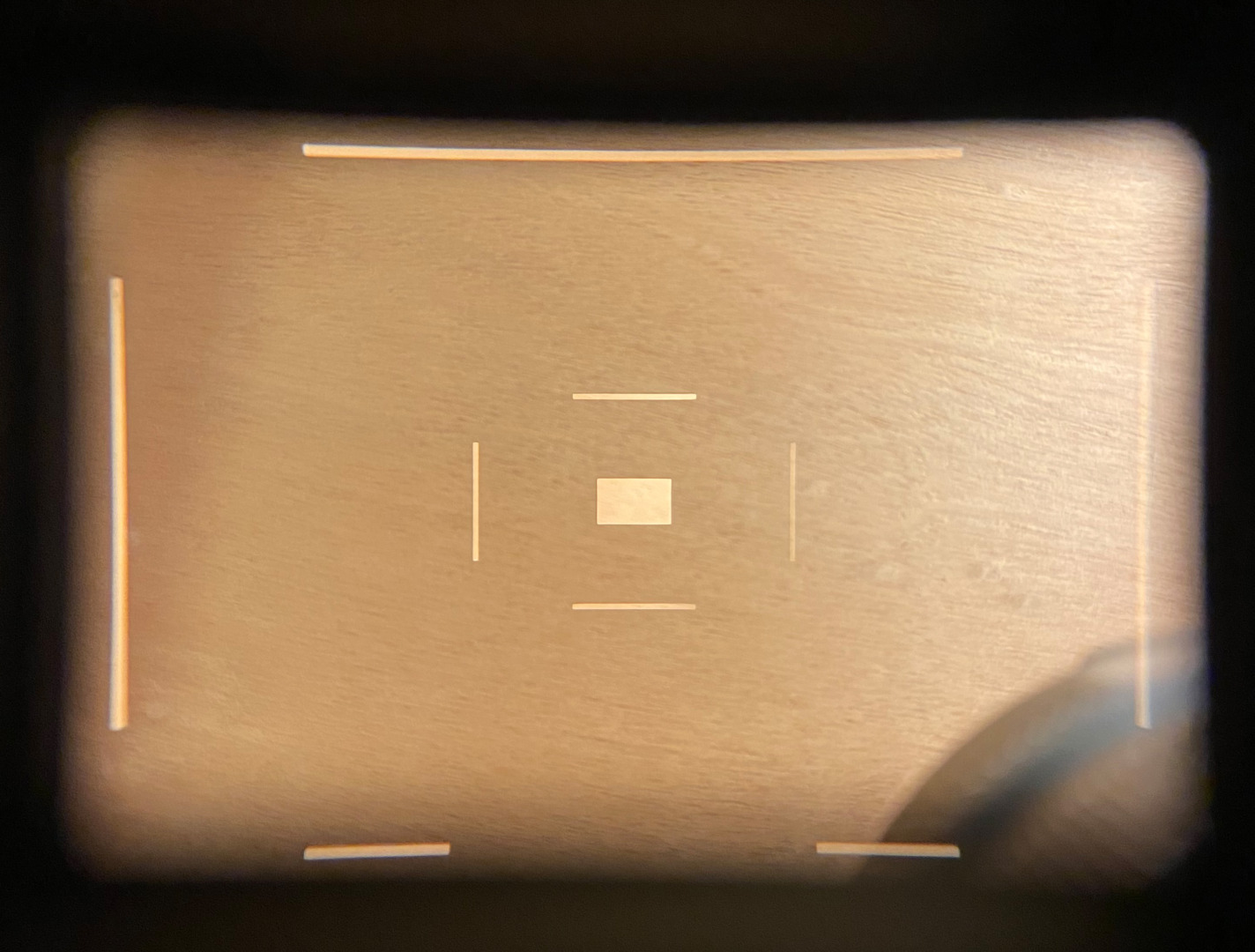
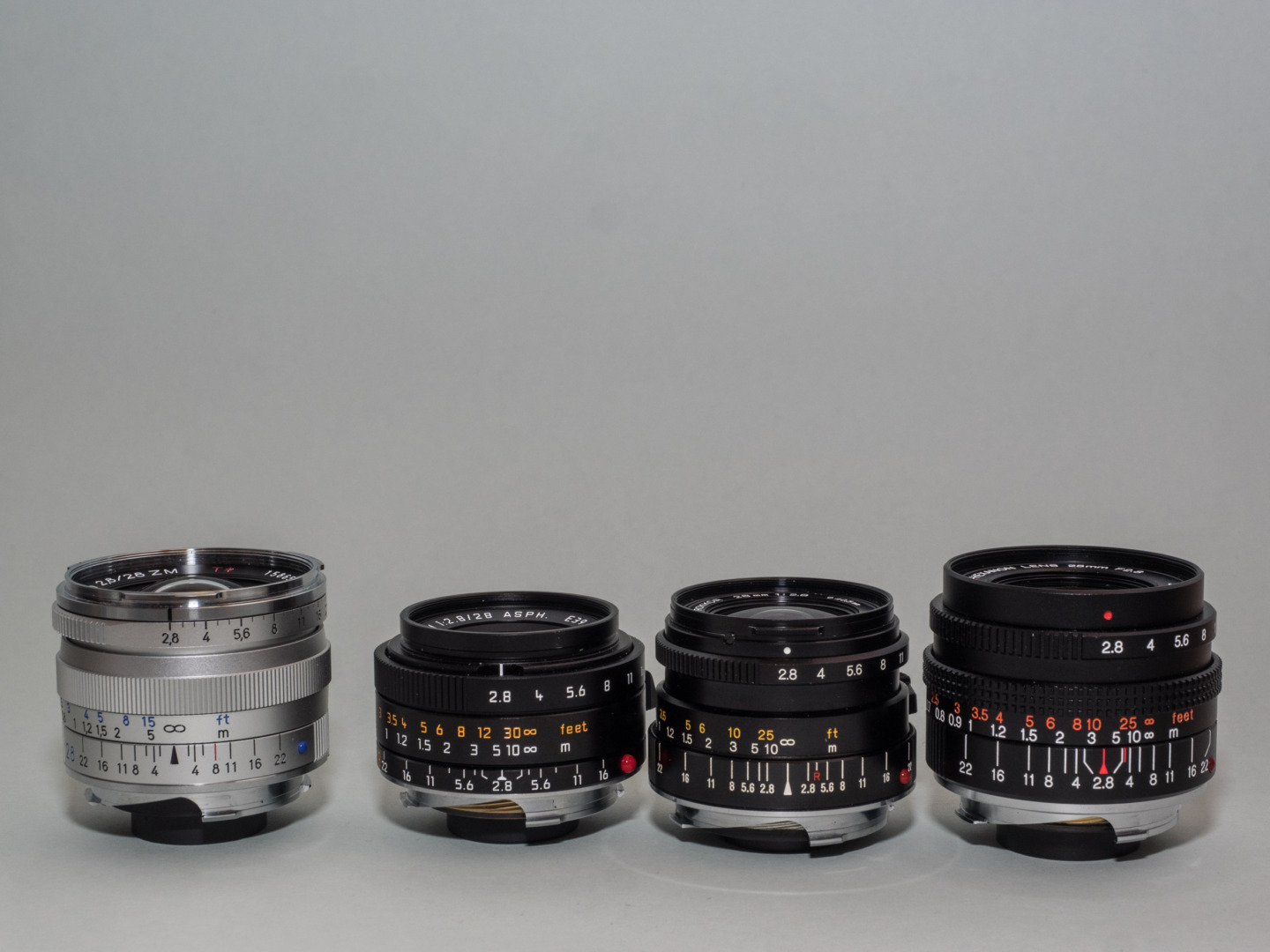

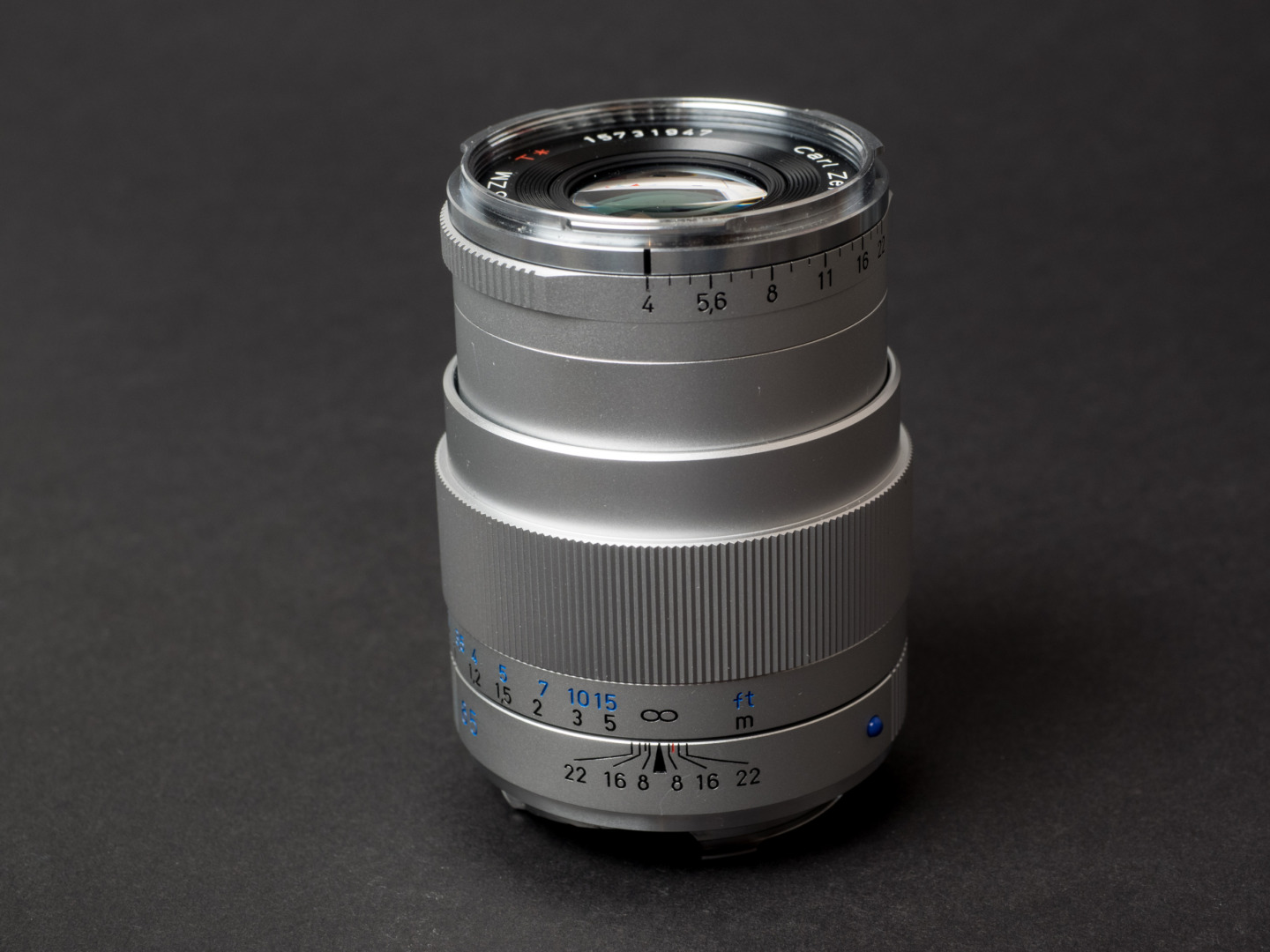
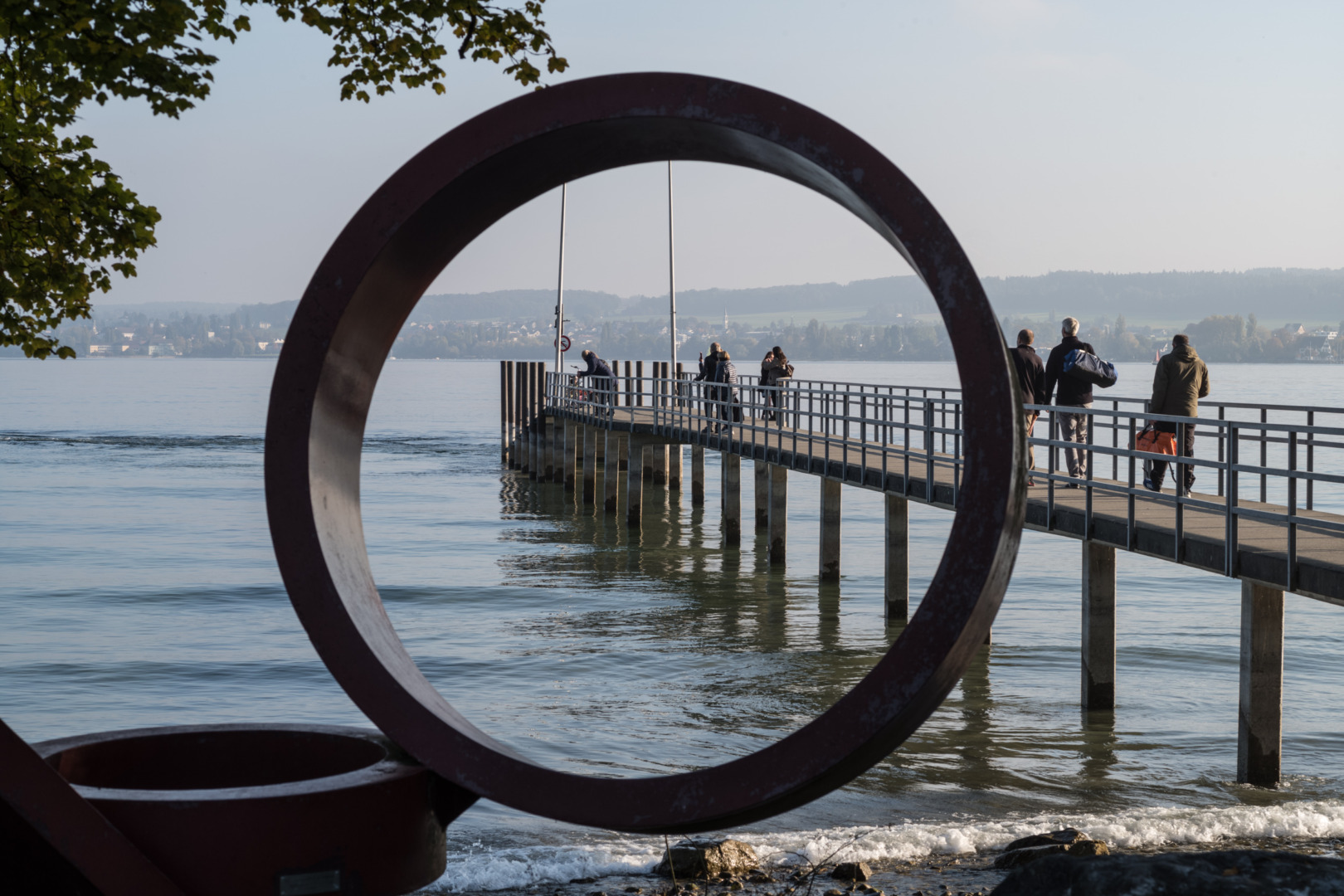
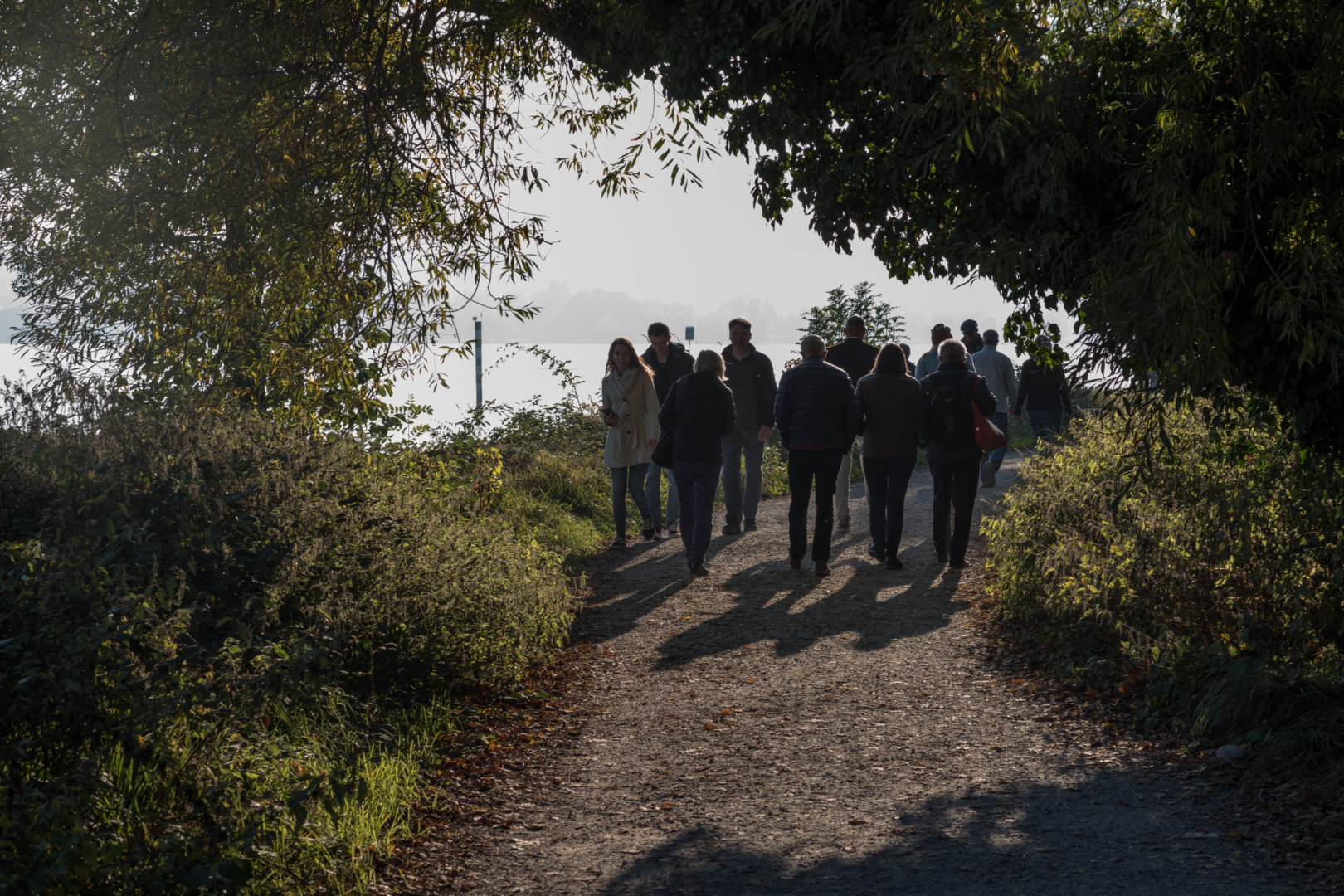




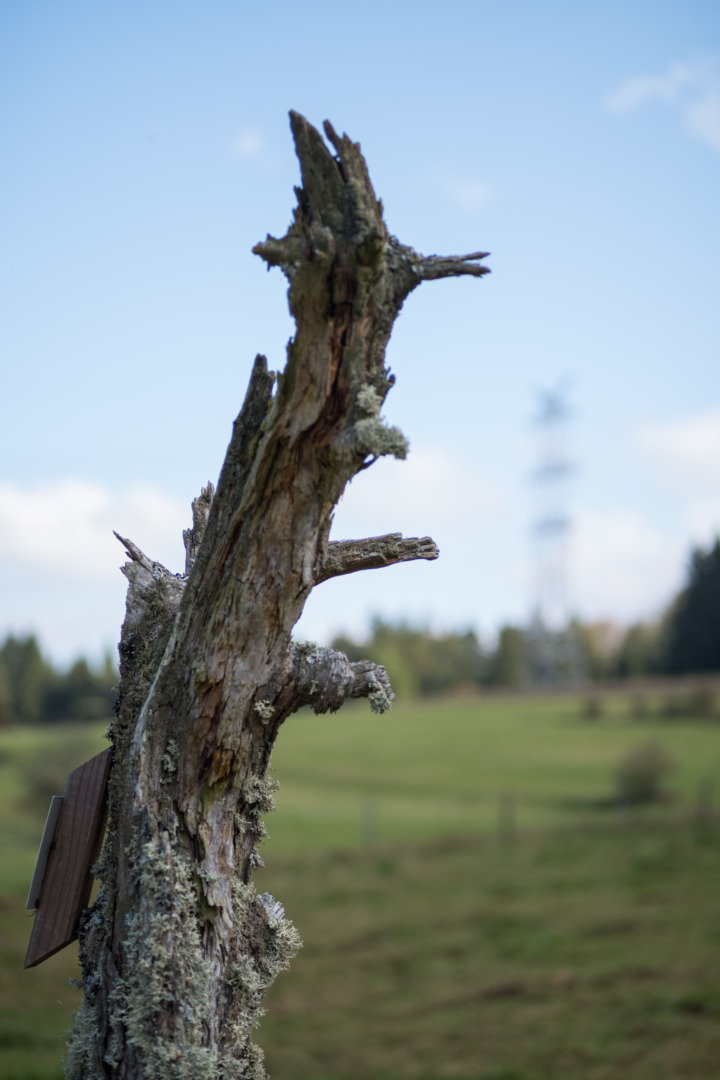
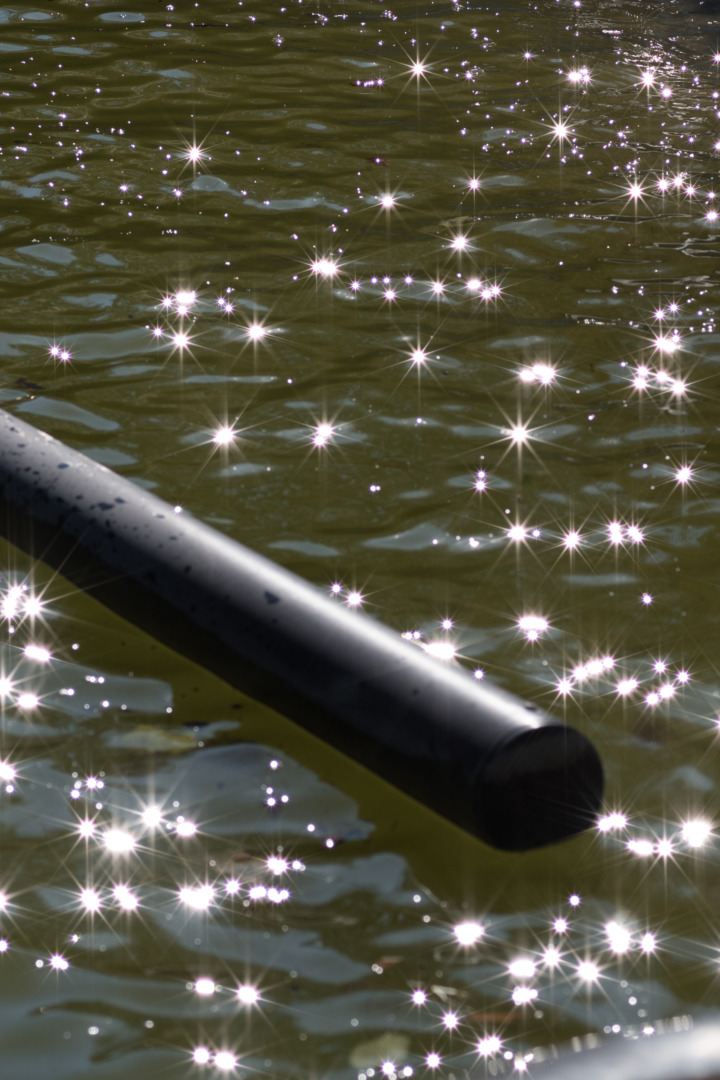
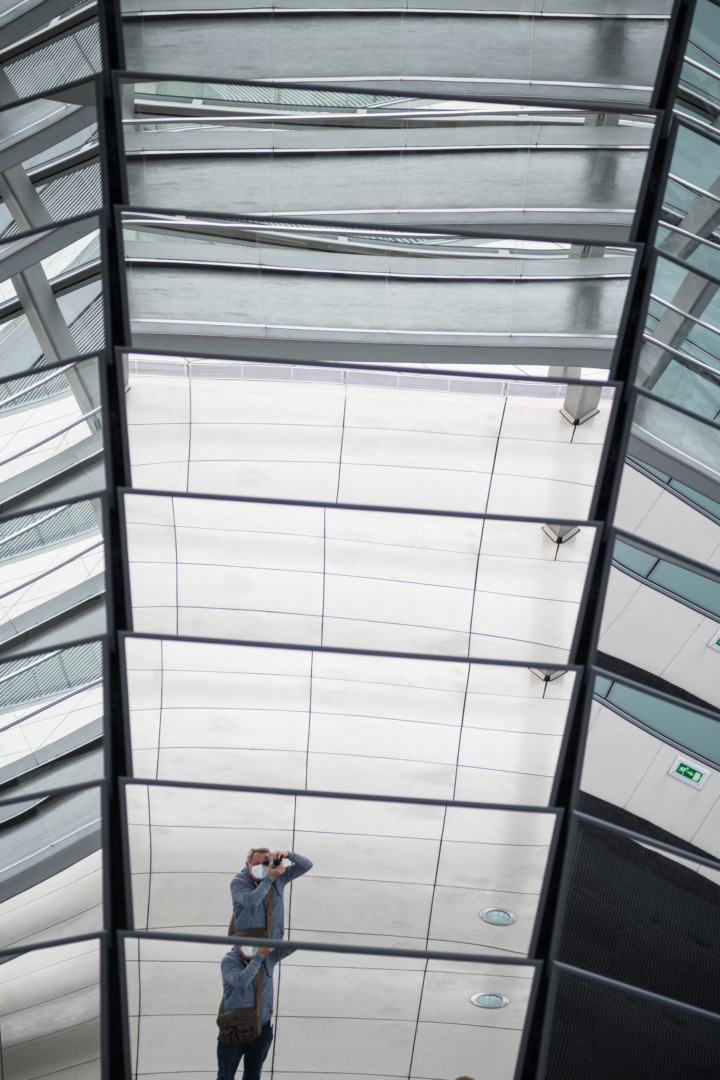
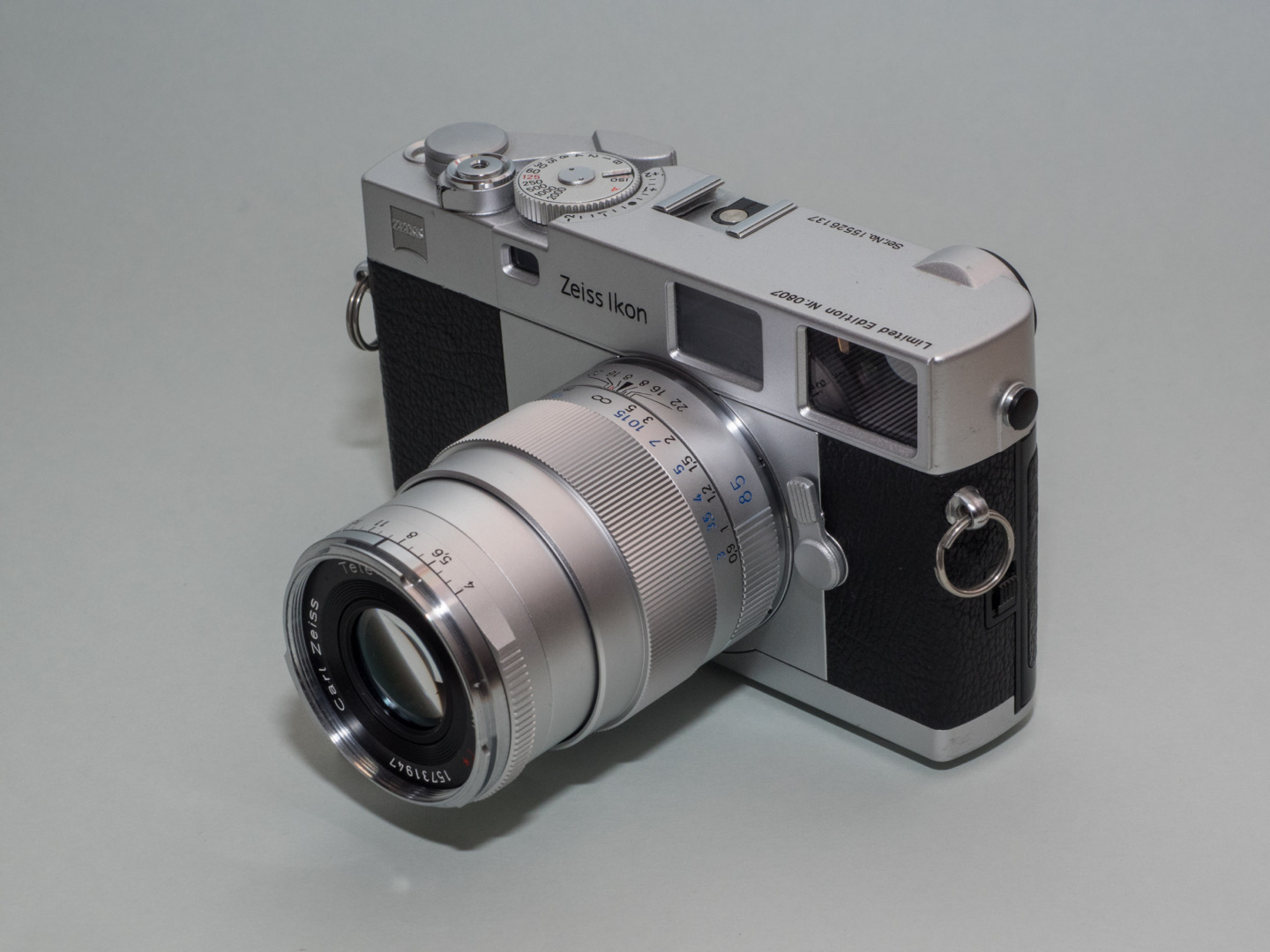
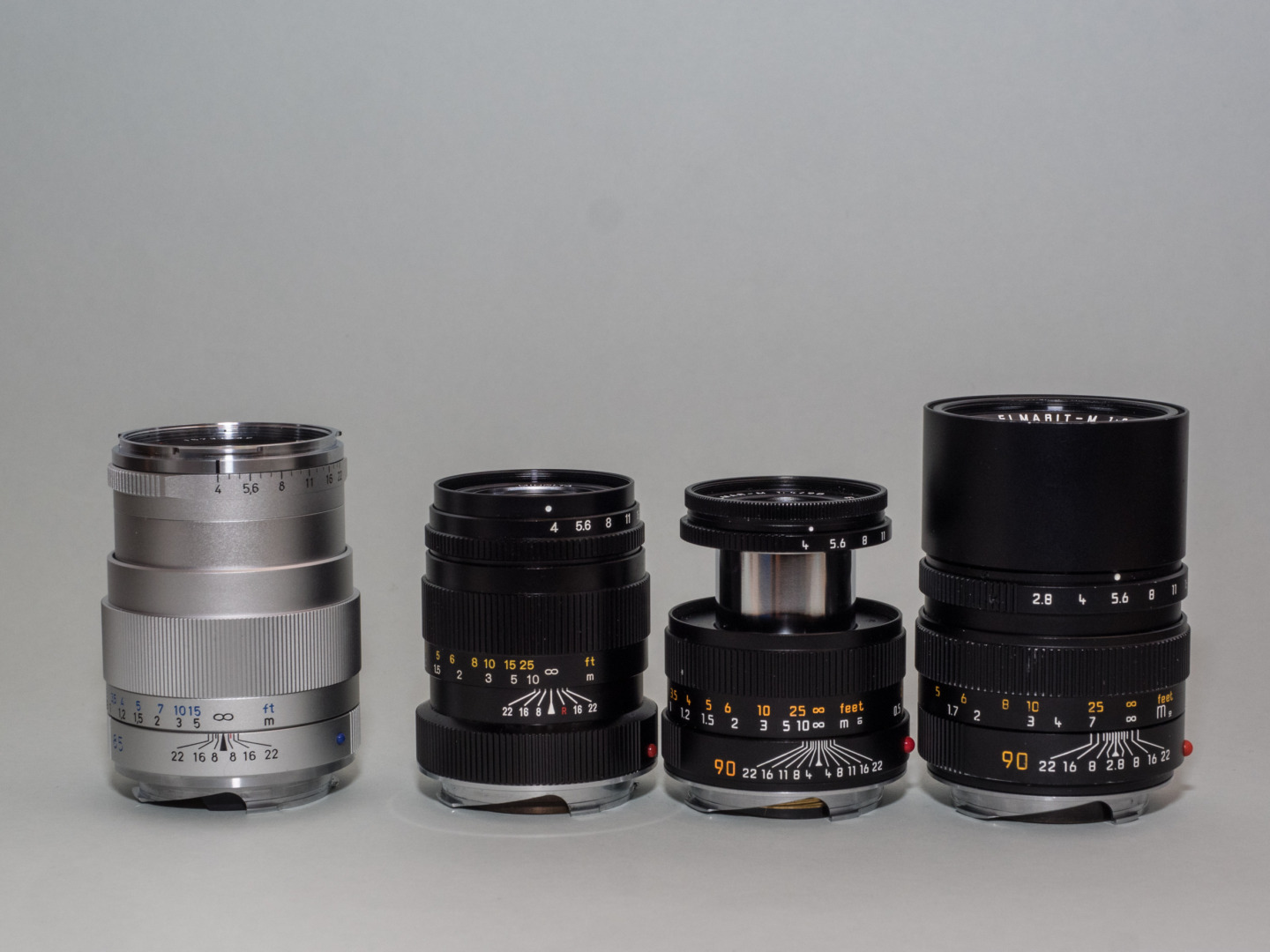
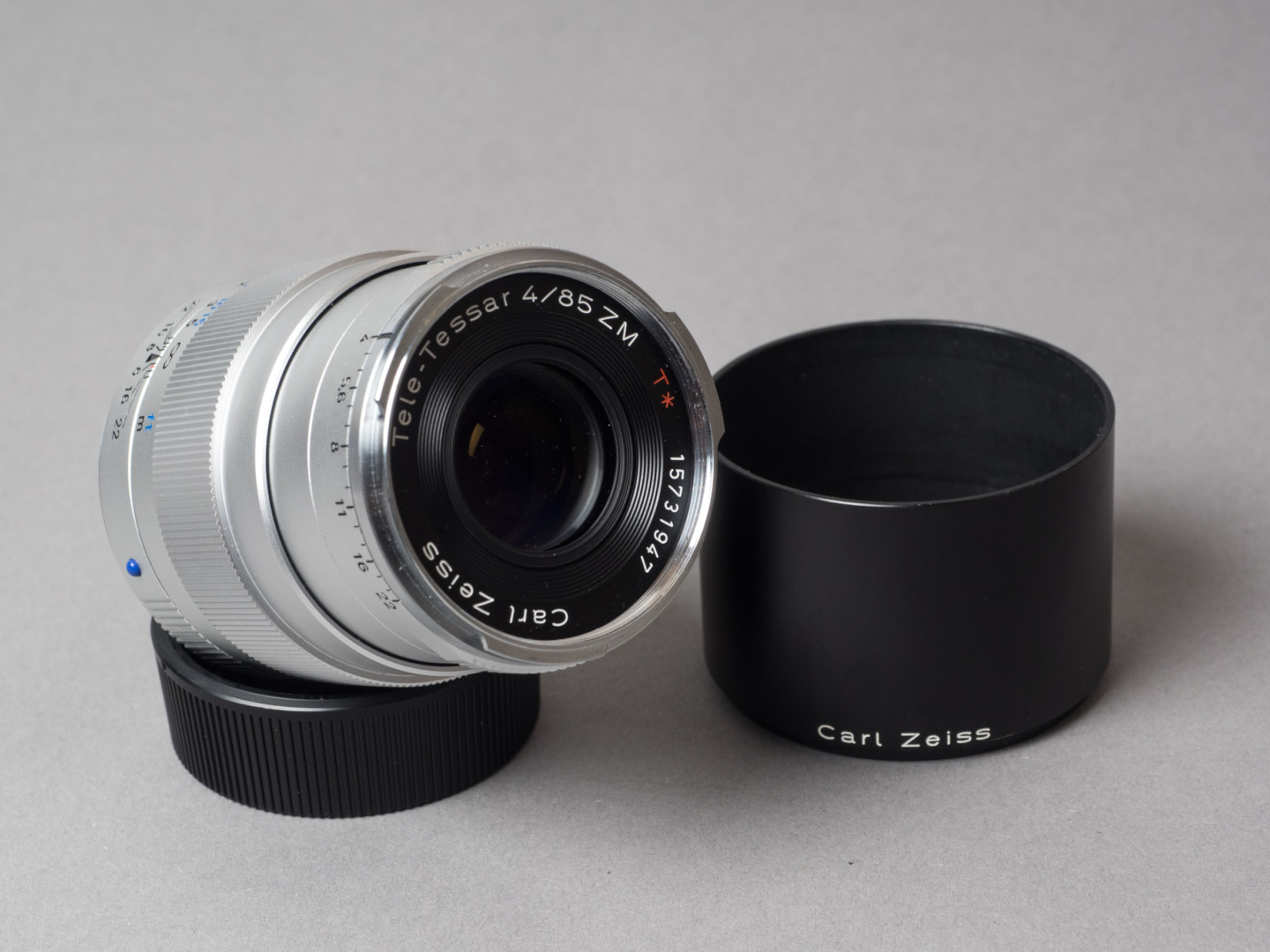
Thanks Jörg-Peter for this excellent review and continuation of the M Files. I’m hooked to your series of articles. I used the Contax G 21 & 28mm biogon and the 45mm planar years ago. They were and are excellent lenses as well.
Jean
Thanks, Jean,
your loyal reading of The M Files is very much appreciated. It was and still is a good project, and the friendly feedback such as yours always kept me motivated. The first episode was released one year ago, and The M Files were a constant companion throughout the last two years.
I do my best to add some new items to the project, and several interesting articles are already planned. But as you know, I have a demanding job, and so the time I can spare for this activity is limited. If there were no constraints, I would cover the Contax G system without one second of hesitation. In fact, I am a but frustrated that I did not buy into it a few years ago when you could get a nice G2 outfit with several lenses for little money. Well, that’s crying over spilled milk now.
All the best, JP
Thanks Jörg-Peter,
I just discovered that there was a Ricoh GR 28mm f2.8 M mount lens. Have you heard about it? I checked on ebay for second hand copies and apparently rarity make them quite expensive. They look quite similar to the Leica elmarit asph 28mm.
Jean
Hello again,
here’s the link to the GR lens 28mm LTM
https://www.japancamerahunter.com/2019/02/camera-geekery-ricoh-gr-lens-28mm-f2-8-l39/
Thanks, Jean,
I must admit that I never came across this lens before. Looks beautiful, and it is hard to understand why on earth they made it with screw mount and not with proper M mount. Maybe they thought it can be easily adapted which is certainly true. Hopefully I have the opportunity to work with this nice lens one day. And if it were only for you, Jean, I would also write an article about it.
JP
You’re welcome, SlowDriver.
I think you are right that we get no more new Zeiss ZM lenses in the foreseeable future. A reliable source told me that Zeiss are even evaluating their entire photography division for reasons of general market uncertainties. In so far, The M Files could indeed be something definitive in the sense that it marks an end.
On the other hand, it is quite nice as a project because it has a defined perimeter. Saying this, The M Files have become much more massive that I had thought of (had I known, I wouldn’t have started). Anyhow, stay tuned for more episodes; I have some more, and hopefully interersting, stuff to offer.
Best, JP
Thank you for the effort and time put into this! It makes for a very interesting read. I have 2 Zeiss lenses and I probably don’t use them frequently enough. It is a bit unfortunate that Zeiss most likely will not release any new lenses anymore in the future but it is what it is. It kind of makes these write-ups a bit of a definitive guide as well.
Dear David, thanks as always for your excellent feedback. I am really proud to have such a knowledgeable reader (100% free from irony).
1. Mike will surely look after the broken link.
2. Among others, I meant you – exactly you!!! – with the photographers who never need a vewifinder for the 90 degrees (i. e. 21 mm focal length in 135 format). I prefert to use one but know knows, probably I will have acquired as much intuition as you have.
3. As to Contax G lenses – I must admit that I litteraly know nothing about them. I once used a G2 for a few hours and liked it (and the results) but never came back to this system.
4. The Avenue/Kobalux has a very good reputation indeed, and your comment is a further proof. I never used one. Probably there is an opportunity one day.
5. The dual range Konica 21/35 will be featured in a later M Files episode together with the 90 and the 28 (sorry, David) from Konica. The pictures made with it I saw so far are very promising.
6. The Tri-Elmar 16-18-21 is a gem of a lens for sure, and I am still in awe for Leica who designed it for full frame. I am sure this was an expensive decision in every respect. But the result is that we have an excellent super-wide option for M mount.
So far – all the best,
JP
.
– Phew! – My eyes (..and what’s left of my brain..) hurt after all that! ..Just a quick not: the link from “..the Leica Summarit which, unfortunately, is now discontinued..” (just above the final photo) doesn’t quite work, as there’s a bit too much text within the link).
The 21mm is my favourite – I can’t think of a reason for using a 28mm, as a 21mm 90º view just seem ‘so right’ ..to me, anyway. (..And I don’t need a finder: I can just ‘see’ the 90º view with my own eyes, so I know what’ll be, and what won’t be, in the shot.) ..90 degrees just seems, as I said, ‘so right’ ..maybe that’s why it’s called a ‘right angle’!
The Zeiss 21mm 2.8 auto-focus lens for the Yashica Contax G ‘rangefinder-style’ autofocus film cameras is a real favourite of mine (short and stocky, though, not long and narrow like this M-fit version) and – with a Techart autofocus adaptor – works beautifully on the Sony A7 series digital cameras!
I know you’ve mentioned before the terrific Leica 16-18-21mm f4 ‘Tri-Elmar’ (..intended to be the rough equivalent of a 24-28-35mm lens for the APS-sized M8 ..but – thankfully! – with full coverage of the traditional ‘full-frame’ 24x36mm sensor of the M9 onwards..) but there are a few other worthwhile M-fit 21mm lenses, such as the great Kobalux (a.k.a. ‘Avenon’) 21mm f2.8 (short, stocky and wide, super-sharp, with next-to-no viewfinder blockage as it’s so short, but focusing down to only 1 metre). That was made in Leica screw-fit, but with the usual screw-to-bayonet adaptor it works great on any M.
There’s the Konica ‘dual range’ 21-35mm f3.4/4 ..also a brilliant M 21mm, although – like the 16-18-21mm – a stop slower than those f2.8 lenses. It’s really lovely and crisp and sharp – especially at close distances – but with considerable viewfinder blockage, because although it’s about the same width as the Kobalux, it’s almost twice and long ..bringing it well into the view of a normal M viewfinder!
Still ..who needs a viewfinder with a 21mm lens?
Dear Jörg-Peter, thank you for another detailed and informative article in this fascinating series. I am in awe at the amount of research you have done. The series is fast becoming an invaluable source of reference for any rangefinder fan.
You’re welcome, Frank. I am glad to read that The M Files are helpful. That’s what it is meant for after all. To be honest, I am iquite mpressed myself how much the rangefinder world has to offer beyond Leica. I became clear to me step by step only. The deeper I dived, the more interesting it became. JP